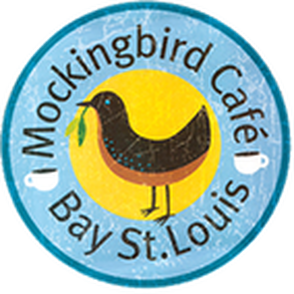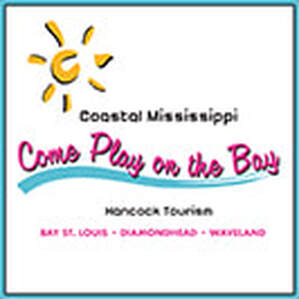During the Second Saturday Artwalk each month in Old Town Bay St. Louis, you'll find cool deals, fresh meals and lots of art and live music!
Be sure to check out "Hot Spots" Antique Maison (111 North 2nd Street) and Daquiri Shak (112 Court Street). Read more about these featured businesses below! - stories by Caroline St. Paul, photos by Caroline St. Paul and Ellis Anderson
Antique Maison
111 North Second Street Bay St. Louis (228) 466-4848 Website Forget everything you thought you knew about antiquing and prepare for a unique experience at Antique Maison on 2nd Street. It is a struggle to figure out a way to describe the place; simply calling it an antique store seems inadequate. Is it a gallery? A market? A bazaar? The answer is yes – it is all of the above, and then some. Originally opened in 2006 by Sylvia and Ed Young, Antique Maison is a veritable smorgasbord of treasures. Shoppers should prepare themselves to see things that haven’t crossed their mind in years and for the memories of that item to come rushing back. Vintage postcards, books, toys, tools, original arts and crafts, gloriously beautiful furniture from bygone eras, crystal, vintage handbags ($25 Dooney and Bourke, ladies?), jewelry, religious gifts, pre-seasoned cast iron (by a chef, no less), tools and vinyl are just a few of THOUSANDS of things to enjoy. In speaking with the management team, Missy Geisel and Anne Mann, it is clear that love and hard work is what has made Antique Maison such a success. They are extremely complimentary of each other, with one often crediting the other for things they’ve learned. One thing is for certain, though – they have the utmost respect for Ed and Sylvia, who have put all of their devotion into their businesses and to each other. We were not able to catch up with Ed and Sylvia for this article due to Sylvia’s recent health issues. She has suffered multiple strokes over the course of a few months, so they’ve decided it would be best to close the Antique Maison location on Ullman Avenue as the Youngs adjust to the new normal. Meanwhile, Sylvia’s health is improving, and cards and visitors are welcome. Allow a minimum of an hour to go through Antique Maison, and pace yourself. Anne can give you an amazing tour and can tell you about every artist and dealer at each of the 40 booths. It was clear from our walk-through that there is a piece of her heart in each booth, and she enjoys the environment as much as she does introducing it to others. It is truly worth a visit – you will learn something new and revisit the warmest, most beautiful memories from your past as you remember the last time you saw your grandmother’s sewing tin or the old license plates nailed to the walls of your great uncle’s garage. Every piece in every booth has been expertly curated and brought to Old Town Bay St. Louis for you to enjoy. To experience the eclectic and nostalgic magic of Antique Maison, pay them a visit at 111 North Second Street. They are open 7 days a week 10-5. Be sure and stop by during Second Saturday on September 14 and enjoy the music while you browse!
Daquiri Shak
112 Court Street Bay St. Louis (228) 344-3440 Website Cool down at the Old Town Merchants Association’s September Hot Spot, Daiquiri Shak! Co-owned by New Orleans transplants Rhonda and Gus Bridges and their daughter and son-in-law, Carrie and Caleb McQueen, this little Court Street oasis boasts fourteen daiquiri machines and infinite flavor combinations, including their own special family recipes. These frozen concoctions will indeed help you hang onto the last few weeks of summer, but they will keep the party going throughout all seasons, with limited-time promotions, such as the Pumpkin Spice White Russian, which is scheduled for release in October. The shop is quaint and small, located inside a converted home. It has a beautifully finished bar and tables. Comfortable living-room style seating in the very front of the shop complete with tropical plants and throw pillows beckons customers to come sit, relax and enjoy their frozen treat and just be present and breathe. It is relaxing respite from the everyday, and Rhonda makes you feel as if you are in her home for a visit with a trusted friend. That atmosphere is truly a reflection of Rhonda’s frame of mind. When we asked what she likes the most about running the business, she smiled and enthusiastically replied that she is doing what she does as a retiree therefore, everything is a matter of choosing to do what she loves every day around the people she loves the most. Approaching her business as a matter of love has paid off. Rhonda and family are proud to announce that they will be breaking ground on a new location in the near future. Although they are in the early stages of planning, they will be building a new place directly across from the Purple Banana. They are looking forward to being closer to the water and welcoming people to a beautiful front porch where they can enjoy the beauty of Beach Boulevard in addition to a daiquiri. In the meantime, Daiquiri Shak is open 11 am - 8 pm Sunday through Thursday, and 11 am - 11 pm on Friday and Saturday. Be sure and stop by on September 14 to enjoy the live music. Maybe you can even put your creativity to the test and come up with a new and inventive flavor combination!
Chef Tara Davis elevates comfort foods to new heights using sustainable, locally sourced ingredients.
-Story by Lisa Monti, photos by Lisa Monti and The Savage Skillet
“Time has flown,” said Tara, looking back at the storefront opening four months ago. “We’ve been very well received and supported well by the community.” Many customers have become regulars, and orders from offices for carry-out meals are routine. And word of mouth keeps bringing in new customers. Tara’s culinary education, training and experience shows in both her menus and her dishes. She honed her skills with award-winning chefs and on several Texas venues. The Savage Skillet logo with a cast iron skillet and a sharp knife shows her reliance on the basics for preparing good food. “First and foremost, we use locally-sourced foods as much as possible,” she said. The day starts early, around 5 am, for the all-female crew to get everything ready for the doors to open. That way, Tara says, customers know that when they come in, they’re going to get something “made fresh and not frozen, from local sources and as seasonal as possible.” The selections are almost all comfort food, reminiscent of meals that make for happy memories. “Meat loaf like your grandmother made,” she said. Tara doesn’t believe in disguising or masking any one ingredient in a dish. “I personally love for ingredients to stand out and for you to get every flavor all the way through. I want it to all be a star.” Savage Skillet customers have plenty of options at the storefront, which is open Wednesday through Saturday from 6:30 am to 6 pm. There’s a variety of breakfast items available at 6:30 am, with daily specials ready at 7:30 am. The full daily menu is available from 9 am to 3 pm. If you’re not grabbing something before work or during your lunch hour, you can settle into the restaurant’s roomy dining area to enjoy your meal. The restaurant is an open, welcoming setting, nothing fancy by design, she says. “It’s really an easy place to come in and have an elevated eating experience without it being overwhelming or intimidating.” Breakfast choices vary including stuffed croissants, a French toast sandwich, fruit and yogurt parfaits and various freshly baked muffins. Assorted breakfast tacos with house-made salsas are always available. Breakfast costs $3 to $5.95. The lunch menu changes daily but always features two lunch items, starting at $5.95 and topping out at $11.95. (You can subscribe to receive the weekly menu at https://www.savageskillet.com/.) Recent lunch offerings included a pork chop with mashed sweet potatoes and wilted spinach, three hand pies and salad, and steak or mushroom and pasta in a cream sauce. The convenience of prepared meals seems to appeal most to Savage Skillet customers. “The grab-and-go case is the most popular, hands down,” Tara said. The offerings are perfect for a picnic for two, a brown bag lunch or a weekend’s worth of meals for families staying in a vacation rental or a second home. “We keep everything on hand, from specialty items to staples like chicken salad, black bean salad, sandwiches, wraps and soups,” Tara said.
Soups are a runaway favorite with Savage Skillet customers. Recently Tara prepared Mexican pozole, lemon chicken, bisque, gazpacho, plus perennial favorites chicken noodle and steak and potato. “We also do meal prep for families and individuals,” she said. The meal prep is made to order for individuals who want to order a couple or more items. Back to school is a great time to get some help with meal planning. “Also, if they have certain dietary needs or desires, we can come up with a menu for them.” No matter what you get, “it’s seasonal and local, always fresh from scratch every day.” Patrons will also be tempted by regional products on display, like salsas, rices, hot sauce, spices and coffee. And dog owners can pick up all-natural, no-preservative treats from Friends of the Animal Shelter, which receives 100 percent of the Savage Skillet sales. Tara even donates $1 for every box of treats sold. Savage Skillet offers full service catering year-round, and every six or eight weeks Tara puts together a special culinary after-hours evening event to showcase local products and pairing. The next one will be in late September. The same space is available for meetings or other group events. In a short time, Savage Skillet has become a go-to known for tasty comfort food and fresh, creative dishes. “It’s really nice to be supported by our neighbors,” Tara says. “We always wanted to be the neighborhood stop and hope to continue to build on it.”
Savage Skillet
1248 C Highway 90 Bay St Louis (228) 344-3017 Storefront Hours: Wednesday - Saturday, 6:30 am - 6:00 pm Breakfast begins at 6:30 am Full daily menu 9 am – 3 pm (or until sold out!)
Waveland Alderman Jeremy Burke reports on a new event on Coleman Avenue; the acquisition of land for a new park; and a second Waveland lighthouse?
The next Waveland Food Truck Friday is scheduled for Friday, October 18 from 5 to 8 pm. You can “like” Waveland Food Truck Friday on Facebook to keep up with the latest news about the events. Avenue B Park The city of Waveland is acquiring two parcels at the corner of Caspian and Avenue B in order to construct a park. Waveland saw a need for a park on the north side of Highway 90, and the property being acquired will be gifted to Waveland by the Mississippi Secretary of State. Once the property officially belongs to the city, building the park will be one of the top priorities for the city of Waveland.
I will call you, Mini Lighthouse
The City of Waveland is now the home to not one, but two lighthouses. Well, kinda. The Arts, Hancock County recently donated a replica of the Waveland Lighthouse to the city. The replica lighthouse originally made its debut at the Studio Waveland Street Party on Coleman Avenue in June and made another appearance in front of the original Waveland Lighthouse at the July 4th Destination Waveland event. City of Waveland appreciates the artists that put in hundreds of hours in creating this lovable masterpiece.
A day-trip to this venerable neighborhood reveals that its most interesting facets aren’t the most obvious.
- story by Dena Temple, photos by Ellis Anderson
I set out early and headed west from the coast on I-10, sun at my back. It was a beautiful summer morning, early enough for the sun and the mercury to be low. One of the appeals of life on the Mississippi coast is its close proximity to New Orleans. From my home in Waveland to the French Quarter, it’s an easy one-hour drive. Before long I crossed Lake Ponchartrain on the Frank Davis “Naturally N’Awlins” Bridge. It is named after the locally beloved WWL radio and TV personality known for his fishing and cooking stories, and I’m touched by the tribute. Highways and bridges in the North are usually named for politicians, not local celebrities, and I like the difference in attitude. I arrived at 7:30 am and parked at Solaris Parking Garage (721 Iberville St.). Just one block off Canal Street that is one of the French Quarter’s boundaries, the garage is easy to find. Monday through Thursday, if you park before 9am and leave before 7 pm, they offer a very affordable early-bird rate of $8. Even with a full French Quarter itinerary, that allows plenty of time for a cocktail or early dinner before heading home to the coast. (An early bird special is also offered at Canal Place). After parking, I strolled down Iberville toward the Mississippi River turned left on Chartres. My three must-haves for this adventure were bottled water (because it was already 85 degrees at 8 am), a headband (because the humidity is 85 percent), and comfy shoes. The numbers are a little misleading; in the early morning, the buildings provide quite a bit of shade. Not many people were around this early, so I could easily see the buildings and businesses as I walked along: K-Paul, SoBou, the Omni Royal Orleans Hotel. As I passed, I made a mental note to investigate the New Orleans Pharmacy Museum (514 Chartres St., (504) 565-8027); the cool bottles and paraphernalia in the window of this circa-1823 apothecary are quite intriguing. After passing through Jackson Square (more on that later), I met up with Ellis at her Chartres Street walk-up, in a building constructed nearly 200 years ago. Croissant d'OrOur first stop was Croissant D’Or Patisserie (617 Ursulines St.) for a quick breakfast before our walking tour of the French Quarter. The building formerly housed Angelo Brocato’s popular ice cream parlor, which operated in the French Quarter from 1905 until it relocated to 214 N. Carrollton Ave. in 1981. Gleaming white subway-tiled walls from the ice cream parlor still remain, along with Victorian mosaic tile floors and cheery French borders that remind one of wedding cake frosting. The bakery is famous for its baguettes and buttery croissants, and it features a display case full of tempting treats, sandwiches and tarts. We found a particularly inviting table in the front window for coffee and people-watching and split a satisfying quiche, finishing just as our tour guide arrived. Glennis Waterman, a writer from California, volunteers as a tour guide with Friends of the Cabildo, an independent nonprofit that works with the Louisiana State Museum. Tour guides receive over 100 hours of training on the history of the French Quarter as well as training on presentation techniques. Candidates must pass written testing and a one-on-one evaluation in order to become licensed tour guides. In exchange for this free training, guides are asked to commit to two years of volunteer service for FOC and lead tours an average of once or twice per month. Normally, the Cabildo walking tours start at the 1850 House on Jackson Square and last around two hours. Tour guides are encouraged to develop their own routes, so no two tours are exactly alike. Glennis, a licensed guide and a friend of Ellis’s, had agreed to accommodate our breakfast plans and start our tour at Croissant D’Or. She’d be with us all morning, a wonderful indulgence for our French Quarter history day. Glennis met us at the café wearing gold-sequined sneakers and a fedora that complements her short hair. Her smile and enthusiasm were contagious as she gave us a brief orientation of what we’d be seeing. The Walking Tour
It was soon clear that every building has a layered and well-documented history of owners and businesses, each with amusing anecdotes and interesting facts. We passed buildings that were formerly theaters, ballrooms, shops and pubs. Sometimes, there were even stories for places where no buildings at all stand. Like any cityscape, the French Quarter constantly changes, and today’s vacant lots were yesterday’s warehouses – or in some cases, strip clubs. For example, a garden at the corner of Ursuline and Royal was the location of the Gaiety Theater, opened in 1913. The theater went through several incarnations: vaudeville house, Italian-language theater, burlesque house, and finally a porn theater. After a campaign orchestrated by the neighbors, the old Gaiety Theater was torn down in 1972 and today serves as the private garden to an adjoining home. Glennis walked us back toward the river to Chartres Street. It’s actually pronounced “char-ter.” Despite the neighborhood’s name, proper French pronunciations have often been thrown to the wind over the years - like many other conventions in this place.
At the intersection of Chartres and Ursulines Street stands the Old Ursuline Convent. It was built in 1745 to house Ursuline nuns, who worked as nurses. The imposing edifice is the oldest surviving building in the Mississippi River Valley. It’s now operated as a museum. A walk through their beautiful boxwood gardens is free.
Just across the street is the beautiful 1826 Beauregard-Keyes House. Glennis related information about the notable owners it’s named after - Confederate General Pierre Gustave Beauregard and author Frances Parkinson Keyes. But the highlight was a scandalous tale involving another owner, Corrado Giacona, a wholesale liquor merchant. Corrado and his father Pietro were part of the first wave of Sicilian immigrants to take up residence in the French Quarter. The second wave brought poorer Sicilians, as well as the “Black Hand,” a group of Sicilian thugs who extorted money from local business owners with threats of personal harm or destruction of the business. As was the case with many businesses in “Little Palermo,” as the French Quarter was nicknamed at the time, the mob extorted protection money from the Giaconas. One evening, during a heated exchange in the home, three of the mobsters were fatally shot, and a fourth was wounded and fled. He was later found hiding in a nearby henhouse, clutching a chicken to his chest to slow the bleeding. Corrado and his father were arrested for the shootings. At trial, they were found innocent and became heroes of the Sicilian community. In later years, the house fell into disrepair as subsequent owners failed to do much-needed maintenance. Frances Parkinson Keyes, author of such works as “Dinner at Antoine’s” and “All That Glitters,” purchased the house in 1945 and undertook extensive renovations. She also established a nonprofit foundation to maintain the home as a museum after her death, which operates to this day. As our walking tour continued, Glennis spoke a bit about the first settlers in the region, largely French orphans, deported galley slaves, trappers, smugglers, prisoners and other riffraff. With the freedom to establish new identities in a new land, these citizens of questionable repute developed a faux aristocracy, and much of their time was largely spent drinking, dancing and gambling. When Spain gained control of the region in 1763, they attempted to rein in the colonists and did quite a bit to improve their lives - including paving the streets, installing street lights, and enacting better laws governing the emancipation of slaves. Louisiana became home to the largest population of free people of color in the nation. Jackson SquareBefore long we entered the famous Jackson Square, with the beautiful St. Louis Cathedral and the two buildings that flank it, the Cabildo (ca. 1795) and the Presbytère (ca. 1847). The Cabildo once served as City Hall, today it is a museum. The Presbytère, built to match the Cabildo, was originally built as housing for Roman Catholic priests and operates as a museum today. As the sun moved higher in the sky it became harder to find shade, so we slipped quietly into the cool, reverent dimness of St. Louis Cathedral. Beautiful frescoes adorned the ceiling, and the interior was tinted by sunlight through stained glass. Our quiet appreciation extended to the air conditioning here, too, which offered a break from the August heat.
As we left, we spotted the beautiful white marble statue of Pope John Paul II outside the cathedral. Created by Franco Allesandrini to commemorate the Pope’s visit to New Orleans in 1987, the heartwarming statue showing the Pope with two small children was dedicated last year for the city’s Tricentennial celebration. Flanking the sides of Jackson Square are two identical four-story brick buildings known as the Pontalba Buildings, built in the 1840s. Each building was originally divided into 16 row houses and two-story, single-family units, but most have since been converted into smaller apartments.
The Louisiana State Museum owns and operates the 1850 House Museum in the Pontalba, featuring a restored row house as it would have appeared in the mid-19th Century. A self-guided tour leads visitors from the ground floor, where servants prepared the family meals, to the second floor living areas, to the third floor sleeping quarters. While viewing several of the rooms, recordings of “virtual conversations” play to give visitors an idea of what life might have been like for the residents in 1850.
Pirate Alley and Preservation HallOur walking tour continued as we ventured down Pirate Alley, between the cathedral and the Cabildo, where the infamous pirate Jean Lafitte was said to have handled his nefarious business. As we strolled down St. Peter Street toward Bourbon, Glennis discussed the history of Preservation Hall (726 St. Peter Street), headquarters of the Preservation Hall Jazz Band, which started life as an art gallery and was converted to a full-time jazz club in 1961. Café Cour
By then it was nearly noon, and time for lunch. We ducked into the Historic New Orleans Collection’s new complex at 520 Royal Street. The historic house fronting Royal Street is the Seignouret-Brulatour Building. To the rear of the property is a brand-new, ultra-modern gallery space, called the Tricentennial Wing.
The courtyard is a peaceful, serene escape from the bustle of the streets. A small door tucked away on the right was adorned with a small sign, “Café Cour.” The only hint at the pleasure that awaited us beyond the sign was a steady stream of people with bags of take-out. A café within a museum complex was the perfect lunch destination. Café Cour’s menu features baked goods, creative salads, Muffulettu (a spin on the traditional Muffuletta) and bocadillu sandwiches on house-made breads - and mouth-watering daily specials. We each chose a different menu item: Goi Ga, a Vietnamese chicken salad; Del la Cour, a salad of mixed greens with picked beets, pecorino and cayenne pecans; and Tortilla Española, a bocadillo with manchego, tomato and pepper aioli. While we waited we chatted with Voice Monet, who has served as general manager of the eatery since its opening in April. She called the restaurant’s concept “heritage foods” – built on cooking styles and ingredients pulled from many different cultures, but sourced locally to provide the best nutrition, sustainably. All their baked goods are made either in-house or at their parent restaurant, Carmo. After our satisfying meal, we said our goodbyes to Glennis, who had been a wonderful, animated guide for our morning adventure. The Tricentennial WingOur hunger sated and our feet rested, it was time to explore the complex. We started in the new building, called the Tricentennial Wing, completed and opened just months ago. The museum is offering an exhibition through October 6 in this building titled, “Art of the City: Postmodern to Post-Katrina.” This wide-ranging and moving exhibition, guest curated by Jan Gilbert, looks at contemporary postmodern art (1984-present) by both local and visiting artists - as well as talented newcomers. While Katrina is a subject that finds its imprint on some of the works, there is a broader sense of the hope and even whimsy of New Orleans captured as well.
Some pieces are thought-provoking, some sad, some silly and some joyful – the exhibit is a true melting pot of messages, just like the city itself. We were delighted to see the inclusion of a piece (“Red Screen,” a three-panel screen of cranberry glass and metal) by New Orleans - and now Waveland - artist Mitchell Gaudet. Gaudet and his wife, sculptor Erica Larkin Gaudet, opened Studio Waveland on the coast in 2018, infusing the Bay-Waveland area with fresh vibrancy.
The Seignouret-Brulatour Building
THNOC offers several guided tours throughout the day (register for them here). We were met by Kurt Owens as we left the exhibition. He’s been a museum interpreter for The Historic New Orleans Collection since 2013. Our first stop was just across the courtyard, the Seignouret-Brulatour Building, built by François Seignouret in 1816. Today it serves as a home for the museum’s permanent collection upstairs. On the street level, a welcome center and tempting gift shop flank the central arched entryway. Kurt pointed out a number of interesting architectural features in the building, including a solid cypress staircase and a 700-pipe, 65,000-piece organ installed by previous owner Pierre Brulatour, a wine importer. The building had also been used as an art school and as studio space for WDSU-TV from 1950 to 1997. Merieult House and the Williams Residence
We were also joined by museum interpreter Malinda Blevins, whose enthusiasm matched Kurt’s in sharing the story of these marvelous buildings. We made our way across Royal Street to a warren of buildings that made up the original Historic New Orleans Collection campus. Merieult House, the main front building, was built in 1792 by Jean Francois Merieult, a merchant and trader. The Spanish colonial house was remodeled in the 1830s by the Lizardi Brothers, Cuban merchants and bankers, and it looks much the same today as it did in 1830. Bordering the main courtyard, the Counting House is so named for the banking activities of the Lizardi Brothers. A grand Greek Revival room features opulent furnishings and oil paintings of many of the home’s previous residents.
Next we visited one of the main attractions of the Historic New Orleans Collection, the Williams Residence. The house is named for Kemper and Leila Williams, who owned the home from 1945 to 1964. The two-story Italianate brick townhouse, originally built in 1889, was lovingly restored by the Williamses. After the death of Kemper Williams in 1971, the house was willed to the Historic New Orleans Collection, which they founded.
The museum shows the home with their 1950s decor just as it was when they lived there. Mrs. Williams meticulously decorated the home based on Edith Wharton’s book, “The Decoration of Houses.” The rooms are monochromatic, as per the book’s direction, and no two lamps are alike.
Mrs. Williams also had a love of stacking tables (there is a set in every room), and a love of china, of which she owned many sets (several are on display in the house, the rest are in storage). Malinda related an anecdote about the couple’s Dachshunds; the pair, which slept in the stall shower in the master bath, were punished when they misbehaved by being locked in the elevator! At the end of the tour, we say our goodbyes to Kurt and Malinda. We so enjoyed our time with them – their knowledge enriched our tour of the properties of The Historic New Orleans Collection, making it a memorable afternoon. Napoleon House
The Napoleon House was the perfect place to end a day of French Quarter history. We walked through the doors into another era. The grand bar, the chipped plaster walls, tile floors and classical music embraced us as we entered.
According to the restaurant’s website, “The building's first occupant, Nicholas Girod, was mayor of New Orleans from 1812 to 1815. He offered his residence to Napoleon in 1821 as a refuge during his exile. Napoleon never made it, but the name stuck, and since then, the Napoleon House has become one of the most famous bars in America, a haunt for artists and writers throughout most of the 20th century.” The Impastato family, who ran the Napoleon House for almost a century, sold it to restaurateur Ralph Brennan in 2015. Brennan became an instant city hero when he announced he wasn’t making changes. The restaurant is well known for its Italian Muffuletta, and equally famous for the Pimm's Cup, a gin-based cocktail invented here in the 1940s and still very popular today. Containing lemonade, 7-Up and a cucumber garnish, it sounded too refreshing to pass up. I can attest that it was the perfect cocktail after a day of traveling back in time.
Rather than stay for dinner, I opted to head back to the coast before the rush-hour traffic caught up with me. I walked the few blocks back to the Solaris parking garage, waved farewell to the French Quarter, and headed east. As a relatively new resident of the South, spending a day learning about the evolution of the oldest neighborhood in New Orleans was one of the most interesting days I’ve had since relocating to the Gulf Coast. I promised myself that this would be the first of many day-trips exploring this fascinating city, where the most interesting attractions aren’t necessarily the most obvious.
Solaris Parking Garage
721 Iberville St. (504) 301-3816) Croissant D’Or Patisserie 617 Ursulines Ave. (504) 524-4663 Hours: Wednesday - Monday 6 am - 3 pm, closed Tuesdays Friends of the Cabildo Walking Tours Meeting Place: 1850 House, 523 St. Ann Street (504) 523-3939 Hours: Tours start 10:30 am and 1:30 pm, 7 days; reservations available Cost: $22 adults, $17 students / seniors / active military Old Ursuline Convent Museum, 1100 Chartres Street (504) 529-3040 Admission: $8.00 Adults, $7.00 Seniors, $6.00 Students/Military Hours: Monday - Friday 10am-4pm, Saturday 9am-3pm; the last admission at 2:15pm. Open for self-guided tours Beauregard-Keyes House, 1113 Chartres St. (504) 523-7257 Hours: 10 am – 3 pm Mon-Sat, closed Sunday Tours on the hour; 11 am and 1 pm tours in French Admission $10 adults, $9 students/seniors 1850 House / Louisiana State Museum, 523 St. Ann St. (504) 524-9118 Hours: Tues – Sun 10 am – 4:30 pm, closed Mondays Self-guided tour Admission $5 adults, $4 students/seniors/active military Café Cour, 520 Royal St. (504) 356-8905 Hours: Tues - Sat 9:30 am - 4:30 pm; Sun 10:30 am - 4:30 pm The Historic New Orleans Collection: Art of the City, Postmodern to Post-Katrina April 6, 2019 to October 6, 2019 Tricentennial Wing, 520 Royal Street Tuesday - Saturday 9:30 am – 4:30 pm; Sunday 10:30 am - 4:30 pm Admission: Free The Historic New Orleans Collection: Royal Street Campus, 520 Royal Street (504) 523-4662 Hours: Tuesday - Saturday 9:30 am - 4:30 pm, Sunday 10:30 am - 4:30 pm Admission: Free Tours:
Napoleon House 500 Chartres St. (504) 524-9752 Hours: Sunday - Thursday 11 am - 10 pm Friday -Saturday 11 am – 11 pm We invite you to check out The Shoofly Magazine's new sister publication, French Quarter Journal! You can also subscribe to the FQJ weekly newsletter with our latest stories.
In "The Accidentals," author Minrose Gwin has crafted a classic and moving novel - and it's set here on the Mississippi Gulf Coast.
- by Scott Naugle
Meet Minrose Gwin on Sunday, August 18, 2019, at Pass Books (300 East Scenic Drive), in Pass Christian. She'll be reading and signing "Accidentals" from 5pm - 6pm.
Gwin’s nonfiction work includes "Wishing for Snow," a memoir, and "Remembering Medgar Evers: Writing the Long Civil Rights Movement."
Most recently, she was a professor at The University of North Carolina at Chapel Hill. "The Accidentals" begins in 1957. Olivia McAlister is an anxious mother of two daughters, June and Grace, married to the dependable Holly, a bookkeeper for the local paper mill company. Holly drives a Nash Rambler and is meticulous in trimming the hedges of their neat, comfortable house. Impacted by and wistful for the energy and vibe of her youth in New Orleans, Olivia cannot find her footing among the routines and housewives of a rural Mississippi community. She’s standoffish, a loner, pining for the intellectual and artistic stimulation of a larger city and the invigorating broader cause she served while working at the Higgins boat factory during World War II. Through bird-watching and opera, Olivia attempts to find purpose and connection. She is an accidental, “a bird found outside its normal geographic range, migration route, or season: vagrant,” explains the "Merriam-Webster Dictionary." With a richly developed interior life, artistic, self-aware, walking through days under a deep and exhausting disquietude, Olivia McAlister joins Virginia Woolf’s Mrs. Dalloway and Evan Connell’s Mrs. Bridge. Intelligent, internally reflective, and articulate female characters in literature are a rarity, particularly through which an author sets the tone of a novel or barometer through which other characters or society are judged. In the opening paragraphs of "Mrs. Dalloway," “… feeling as she did, standing there at the open window, that something awful was about to happen; looking at the flowers…” And from the opening of "Mrs. Bridge," “…Now and then while growing up the idea came to her that she could get along very nicely without a husband.” Both are strong independent women challenging the status quo and searching for intellectual fulfillment outside a society dominated by men and commerce. We are introduced to Olivia McAlister in the opening paragraphs of "The Accidentals" as she projects her concerns and desires, “Listen hard now and you can tell what they are saying. This morning the cardinal. Sweetheart, sweetheart, sweetheart, sweet. Then, two houses down, a mockingbird. Redemption, redemption, redemption…Cheer, cheer, cheer. I’m all ears little wren.” Birds represent flight - an escape - while chirping coded messages to the restless Olivia McAlister, plotting her next action that will, through a series of mishaps, lead an escape flight that will be aborted. After Olivia’s death, her daughters and Holly are boomeranged through a series of emotions and actions that further reverberate into the lives of others with tragic consequences – abortions, wrongful incarceration, cancer, mental illness, physical deformity. I must admit that the plot twists in "The Accidentals" were so unexpected, and shocking, that I stopped short in my reading and gasped more than once. Gwin can plot a story like few other writers. She exposes the randomness and elegiac incongruity of Southern life at the twilight of the twentieth century. Like an unrestrained and irrepressible Faulkner spinning through generations of malevolence and wickedness in "Absalom, Absalom!", Gwin’s characters cannot escape their past, the poor judgments of their relations, and pure bad luck. Unlike her fellow Mississippian William Faulkner, Gwin writes with a balance and steadiness, spinning a completely believable story, more grounded in day-to-day life than we may care to acknowledge. “What I know is that there are always stories behind the stories people tell,” muses June, “They are stacked like crackers in a box behind the ones they do tell.” There’s hope and love in "The Accidentals" among and within the missteps, and this, I believe, is one of the reasons I believe it succeeds as an enduring work of fiction. Gwin does not attempt to unearth plausible causes, scrapping through circumstances or family attics for reasons to present the reader as to why something happened. Rather, she understands that art, particularly literature, is where one word or one inferring principle is enough. Gwin gives us a story to contemplate, softly imprisoning the reader in her beautiful and subtle language, as we read late into the early morning hours. Good gosh, Minrose Gwin. "The Accidentals" – a tour de force on so many levels.
"The Accidentals"
By Minrose Gwin HarperCollins ISBN: 9780062471758 Trade Paperback $16.99
Turned in to the shelter for being "too active," a feisty terrier-mix proves to be the perfect match for this local writer.
- Story and photos by Lisa Monti
On the way home, Brody became Boudreaux, a nickname my family affectionately applied to small children. He didn’t seem to notice the name change as we both worked on getting used to our new living arrangement. On those first few days, I’d leave him in the kennel until I got home from work in the evening. After some play time, he’d go back in the kennel to sleep. On about day four, when the sound of car keys meant kenneling up, Boudreaux disappeared under the bed and couldn’t be coaxed out. If he felt that strongly, I thought, I’d gamble on this unknown guy and give him the freedom to roam the house all day. Turns out, he behaved perfectly. Nothing was out of place, chewed up or wet. After that, the kennel was stored in the garage. I had really lucked out with this one, I thought gratefully. There were adjustments to make, of course. He’s not a tall dog or overly curious, but I quickly learned that Boudreaux could access places a Westie could not. One morning I left a cup of coffee on an end table and came back to find it empty. Under caffeinated and confused, I couldn’t imagine what had happened until I noticed the dog panting happily with coffee stains on his face. His next attempt – to get a glass of wine – was averted. The high energy level of my new puppy was a challenge, especially trying to teach him to walk on a leash. He darted and jerked and yanked in every direction, giving me a full body workout trying to keep up. If I didn’t match his movement, the leash would ensnare my arm or legs. People watching our erratic motion would get a laugh, asking who was walking who, as if they couldn’t tell. We haven’t missed many daily walks in these almost 13 years, and the credit mostly goes to Boudreaux, who’s never too tired, or too hot or too cold to walk our one-mile route to the beach and back. He still tugs on the leash to pull ahead, but he walks mostly in a straight line, stopping at his favorite spots to “read the mail,” as an old neighbor used to call the sniffing that dogs do. For the most part, Boudreaux has been low maintenance with the exception of grooming (our haircuts cost the same) and a regular supply of treats. At 13 years, he can be grumpy if the treats don’t come fast enough or the door isn’t opened quickly enough. His hearing is about gone, the eyesight isn’t as sharp as it was and he takes pills every day for pain. Jumping up on the furniture isn’t an option anymore, so he sleeps on a rug or squeezes himself under the bed if the weather is bad. But even at his advanced age, Boudreaux is still a fierce protector of the fence line, barking loudest at bikes and golf carts. And he still likes to ride shotgun when it’s time for a vet appointment or haircut, paws on the dashboard, scouting for anything that gets near. From that first solo day he spent at home13 years ago, Boudreaux has never tried to get into the trash or eat shoes or gnaw on furniture, as some of his predecessors did. His worst habit, honestly, is digging extra deep holes in various spots in the yard to cool off in on summer days. As much as he loves to soak in the water at the beach, he never used his own small plastic swimming pool except as a giant water bowl. The two of us have covered many a mile on our walks, and we’ve met some very nice people and their pets, including lots of rescues. More than a few people have asked me what kind of dog Boudreaux is, given his mixed background. I use a line that a fellow dog rescuer told me years ago. “He’s a lucky dog. That’s what he is.” Hancock County Adoptables
The dogs below are available at the Hancock County Animal Shelter as of June 12, 2019. Call the shelter at (228) 466-4516 for availability.
Presley and PhoebePRESLEY & PHOEBE are six-month-old Hound mix puppies, surrendered by their owner due to the death of his wife, and his inability to care for them any longer. They are rather docile at the moment, but their shyness is to be expected under these unfortunate circumstances. They are, however, very sweet-natured and are beautiful in their markings and coloring. Presley is the reddish-brown and white cutie on the left, and his sister Phoebe is predominantly white with brown brindle patches. We resisted the urge to names her Patches! Lol! They are good with adult dogs and seem uninterested in our shelter kitties. They will likely require house, crate, and leash training, but the effort will be well worth it. In return, you will receive a lifetime of unconditional love and companionship from these pups. ❤ Our adult dog/puppy adoption fee is $75, which includes worming, spay/neuter, vaccines, microchip, and a free vet check with one of our participating veterinarians. An approved adoption application always applies! Mighty Mouse
This dude here is none other than MIGHTY MOUSE!! This youngster is so much fun and is so full of personality that he deserved a fun name, and one of our dedicated kennel techs (obviously a cartoon buff) gave this 18-month-old pup his name. So, we think the whole "one ear up, one ear down" is pretty adorable, don't you?! Mighty Mouse would be the perfect pooch for a family with kiddos, who are seeking a buddy to pal around with and explore the outdoors. If you are a single person/couple and find yourself/yourselves wanting a canine companion to join in your adventures, then Mighty Mouse would be ideal for your lifestyle. He is super cool, sweet and playful, and is happiest when in the company of people. He is great with other dogs, and seems curious but not aggressive towards cats. He keeps his kennel pretty clean, but we cannot guarantee that he is house or crate trained. However, with consistent, positive training, Mighty Mouse should prove to be a quick learner. He enjoys going for walks and picked up appropriate leash manners quickly enough, thanks to our volunteers. Wanna add a real "character" to your family? Then come meet Mighty Mouse!
? Mighty Mouse's adoption fee is $37.50, which includes worming, neutering, vaccines, microchip, and a free vet check with one of our participating veterinarians. Heartworm status is unknown. An approved adoption application always applies! HarleyHARLEY is a sweet-natured 12 month old German Shepherd/Doberman Pinscher mix, who came to us as a stray, but she seems to have been part of a family rather recently. She came in very clean and in good condition, plus she has a wonderful temperament. We think she's pretty cute, too, with those little fuzzy-wuzzy caterpillar eyebrows! Lol! We hope her stay with us will be brief, and that her second chance family will come her way soon. Harley has been very sweet and outgoing with our staff and volunteers, and she is playful and friendly with the other dogs in her living area. She was a star at our recent adoption event at Pet Smart. She is a bona fide lap dog, and loves kiddos of all ages. She would be very happy to be part of a family with kiddos, and take on the role of confidant and best friend. She made many new doggie pals at Pet Smart and could easily join a home with existing family dogs. We are unsure yet if Harley is house or crate trained, but she has yet to have an accident. Harley looks forward to daily walks and is great on a leash/harness. She sits for treats and is eager to please. We think she is very smart, too! Please stop by and meet Harley. She may be just the furry friend you've been looking for!? Harley's adoption fee is $75, which includes worming, spaying, vaccinations, microchip, and a free vet check with one of our participating veterinarians. Heartworm status is unknown. An approved adoption application always applies! ArielARIEL is one of the sweetest dogs that you'll ever meet. She is beautiful, too, but our photos just haven't captured her unique gold eyes and "chocolate drop" of a nose. Ariel obviously gave much of herself to nursing puppies, but she is steadily gaining weight, and we are ensuring that she receives high protein food and lots of treats. She simply exudes love and kindness, which extends to other dogs as well. She is able to be paired with any of our other dogs for playtime in our doggie exercise yard, and she is always welcoming and friendly. She is, however, far more interested in the company of humans. She truly loves people! Ariel would be a particularly wonderful dog for a single person/couple, seeking a loyal companion. She is likely 2-3 yrs of age, so she is rather calm in nature, but very much enjoys going for walks and playing. She is great with kiddos of all ages, so she could easily join a home with children and pets. We are unsure yet if Ariel is house or crate trained, but she keeps her kennel pretty clean both here at the shelter and at our weekly adoption event at Pet Smart. Please visit this lovable girl, and discover what we know: Ariel has heart of gold! ? Ariel's adoption fee is $37.50, which includes worming, spaying, vaccinations, microchip, and a free vet check with one of our participating veterinarians. Heartworm status is unknown. An approved adoption application always applies! BuzzBUZZ has the "head tilt" down pat, doesn't he? This adorable 8-month-old Labrador Retreiver/American Staffordshire Terrier mix puppy is innately sweet, loves attention and affection, and despite being a youngster among mostly adult dogs, he is incredibly confident and upbeat. He loves going for walks, and looks forward every day to playing in our exercise yard. We find that he does best when walked using a harness. Buzz would be an awesome addition to any family large or small, or fill the role of BFF for a single person/couple or active retirees, looking for a fun-loving buddy to share adventures. Buzz is great with other dogs and sweet with kiddos of all ages. He is also super smart and learned both the "sit" and "down" commands in just one afternoon! This cute fella appears to be house and crate trained, but additional training may be required. He is, however, always well behaved in his crate at PetSmart, especially when he has lots of toys to amuse himself. FYI: Buzz is crazy for toys, so be sure he has a whole toy box full of toys! The rewards of the love and companionship this fella will bring you, is worth the responsibilities of puppy training. We hope you'll consider giving Buzz his forever home...he promises to love you "to infinity and beyond!" ?❤
As we age, our sense of balance and stability decline - but it doesn't have to be so. Read about ways to improve your balance and avoid potential injury. Bonus - five-minute balance video!
- story by Denise Jacobs
According to the Vestibular Disorders Association (VeDa), over 69 million Americans suffer from the “frequently debilitating symptoms” of chronic imbalance. The vestibular system, you might remember from a Human Anatomy class, includes the parts of the inner ear and brain that process sensory information involved in balance.
Unfortunately, as we age, our balance and stability tend to decline just like our eyesight and hearing. However, the deterioration of balance is not inevitable, and there are preventive actions individuals can take to decrease the risks associated with imbalance as we age. Chief among the risks of imbalance is the danger of falling. American Senior Communities lists fall-related injuries as the most common reason senior citizens visit hospital emergency rooms. Falls, often exacerbated by clutter, small pets, slippery floors, loose shoes and house slippers, are also a leading cause of injury-related deaths. We should note that there is more to falling than a simple lack of balance. Dr. Charlotte Shupert explains that the tendency to fall should not be dismissed as an “unavoidable” consequence of aging but may be an important sign of a disease that might be treated. We are far from helpless. While some loss of balance is associated with the loss of muscle mass, a normal part of aging, VeDa contends that we can perfect or even master our balance through practice and exercise — a number of experts agree. Harvard Medical School’s Dr. Anthony Komaroff recommends specific muscle-strengthening exercises. Healthy Aging for Women Babyboomers recommends Tai Chi and walking to improve our balance. Some sources suggest that sand walking can teach our bodies to react instantly to changing surfaces, which contributes to balance and coordination. Local Kripalu yoga instructor Rebecca Kronlage of Tree House Yoga and Wine, Women, and Yoga, recalls walking her dog, Willie, who, in enthusiastic pursuit of a squirrel, suddenly pulled Rebecca off her feet. She credits yoga with helping her stay relaxed in spite of the shift in her body. “My legs were actually behind my torso. What I saw coming towards my face was a picket fence. Without much thinking, my legs naturally adjusted themselves and caught up with my torso. I relaxed into the imbalance and let my body and my stability from years of practicing yoga bring me back to my center.” Kronlage recommends a walking meditation, a practice involving walking in slow motion, as a way of restoring our balance and grounding ourselves.
The Vestibular Disorders Association has designated September 15-21, 2019, as Balance Awareness Week. It’s a series of virtual events, both online and in communities around the world. Check www.vestibular.org for opportunities to get involved.
In the meantime, take a look at our staff pick for most helpful resource—a five-minute routine recommended by Dr. Oz to get the body in alignment, release tension, and improve balance.
“High energy” doesn’t begin to describe her; Holly Lemoine-Raymond is a force of nature.
- Story by Dena Temple, photos courtesy Holly Lemoine-Raymond
Everyone seems to know Holly, and for good reasons. Holly worked in a marketing capacity for one of the area casinos before she opened the Cypress Café, a restaurant in the city hall building. An interest in real estate prompted her to sell the business and pursue a real estate license. Just two short years later Holly opened HL Raymond Properties, today one of the most successful real estate agencies in town. 2019 is shaping up to be the company’s best year yet, according to Holly. Holly and her staff of 12 (with agents) provide boutique service for their clients from their office on Ulman Avenue. The building, formerly an orthodontist’s office, was transformed by Holly in a palette of sophisticated grays accented with reclaimed architectural salvage. Upcycling other people’s castoffs is Holly’s signature style. “If I can take something discarded and give it a new life, everyone wins,” she says. “Plus, I think it looks great.” Two of her favorite items to reclaim are old windows and shipping pallets. Holly regularly writes step-by-step DIY articles for the “Beautiful Things” column here in the Shoofly Magazine. Holly’s marketing background, she feels, gives her an edge in servicing her real estate clients. “Selling a house is about three things: location, timing and price. We try to give our clients an edge by thinking outside of the box and coming up with unique ideas to attract the right buyers for their homes.” A good example of that out-of-the-box thinking was her 2017 appearance on HGTV’s Beachfront Bargain Hunt, a series where prospective home buyers tour several homes in one beachfront town – in Holly’s episode, Bay St. Louis. After this appearance Holly also appeared on an episode of the show, You Live in What? This show, on the GAC Network, featured homes (again in Bay St. Louis) in unusual buildings – one was a converted gas station that Holly renovated, and another, the historic Webb Schoolhouse, a Mississippi Landmark. Holly also helped scout other locations for the show. These experiences lit the spark of a new idea for Holly, and soon she was pitching the idea for Inside Out with HL Raymond Properties to local TV executives. The show features local homes, and viewers are left to match up the interior and exterior views of each home. “It’s a great way to show off our town and some of its homes, with a twist!” explained Holly. She pitched the idea to WLOX in Biloxi, and several weeks later she gave an expanded pitch to network execs from stations in Hattiesburg and New Orleans, too. The network liked the idea, and Inside Out with HL Raymond Properties was born. The show is #2 of its type and has since been picked up for a second season, which will feature a different type of property in each episode: antebellum homes, for example, or tiny houses. Plans are to expand to the Baton Rouge and Jackson markets next.
Holly says she does her best thinking around water – the beach and the Washington Street Pier are her favorites – and the ideas just keep coming. “However,” she cautions, “I won’t take on any project that will affect my business or keep me away from my family. Those are my priorities.” Holly’s husband, Leo, owns a commercial plumbing business in New Orleans. Her son, Landry, was born with tarsel coalition, a painful bone condition in his feet. In spite of this, he is a healthy, active 19-year-old who ran cross-country in high school at St. Stanislaus. Landry is working on getting his own real estate license, as well as his drone license. He and Leo also started a lawn care company, Blade Lawn Care, while Landry prepared for his first year at Millsaps College in Jackson. It certainly appears that personal drive runs in the family, and Mom couldn’t be prouder.
Holly and her team also make time to give back to the community. In general, she prefers to roll up her sleeves and donate her talents, feeling that effort makes more of an impact than a cash donation. A good example of this was her “She-shed” raffle, which benefited Habitat for Humanity. Holly took an ordinary garden shed and over six months transformed it into a peaceful, stylish sanctuary. The “she-shed” was then raffled off, and the funds helped Habitat for Humanity renovate several area homes. One of the homes belonged to Connie Lyons, a driving force behind another area charity, King’s Kitchen, which provides meals for the homeless. “That was so satisfying,” Holly recalls. “We were able to help someone vitally important to our community who really needed help at that time. The proceeds from that raffle are still helping our neighbors today.” Holly also is working with the Boys and Girls Club of Hancock County on their November event, “Taste of the Future.”
When asked to pick one thing that not everyone knows, Holly replies, “I’ve had a lifelong fascination with sharks.” She had hoped to be a marine biologist but had to switch gears in college due to a medical issue. However, she did swim with sharks to fulfill her lifelong dream. “Doing anything dangerous is about knowing your risks, and conquering your fears. I didn’t just jump in; I did research, eased in, and I had a rope, a lifeline – just in case.” She follows that same philosophy in business and in life. She always does her homework and calculates the risk before easing into any new venture. Holly tries to keep things positive all the time. “Every morning, you have the choice to be the best that you can be,” she says. “I’ve been lucky enough to do the things I want to do, yet even the things that didn’t work out brought me to where I am today. “There are always going to be issues, you know? What defines you is how you handle them. And now that I’ve found my passion,” she concludes, “I’m happy to help others find theirs.”
100 Men Hall hosts the inaugural Booker Festival in honor of a New Orleans music icon who spent time growing up in Bay St. Louis.
- story by Lisa Monti
Booker came up in a conversation with Floyd Moseley when he was having his portrait taken for the 100 Men Hall People Project. “He said that Booker used to play at St. Rose and after would come to Floyd's grandma’s house because she was the only one with a piano,” Dangermond said.
Later she was talking with Bay St. Louis resident Lee Seal about his takeaways from putting together Bridge Fest and ideas for the Hall started “popcorning.” Seal said he liked the concept of the King Biscuit Festival because fest goers can camp out at the venue.
Seal also suggested Joe Krown for a piano tribute to Booker. Krown suggested Tom McDermott because he has a more extensive Booker repertoire. Dangermond called her friend McDermott, well known for his playing and compositions, and he agreed to play. McDermott also suggested that Josh Paxton perform as well – the pianist’s unique style brought high praise from Dr. John. With the piano tribute in place - along with a showing of “Bayou Maharajah,” Lily Keber’s definitive documentary on Booker - Dangermond added a gospel element to the festival lineup. The celebrated St. Rose Gospel Choir agreed to perform and will bring another local connection to Booker.
“It turns out some of the choir members remember Booker from back in the day when he played with the choir,” Dangermond said. And when Mayor Mike Favre approved of primitive campsites on the Hall grounds, the festival was set for Labor Day weekend. “It was one of those things,” Dangermond said. “When it’s right, it’s right.” Above all, she said, “I want it to be fun and funky.” The camping option will give first time visitors an introduction to the area and benefit local merchants. “The festival itinerary is very loose and we’re hoping people who come for the weekend will go out to have breakfast and lunch and go shopping while they’re here,” Dangermond said. While the idea behind Booker Fest is to raise funds annually to maintain and preserve 100 Men Hall, the goal also is to attract regional, national and international attention to the African American landmark and its history. The festival will open at 8 p.m. Aug. 30 with the indoor screening of Bayou Maharajah. Food by Chef Chris Hayes from the Smoking Oyster in New Orleans will be available for purchase on both nights of the festival. Hayes was named the winning contestant on a Food Network show.
Primitive camping that allows (2) entry to all of the events is $75. Contact Rachel at [email protected] for details. Purchase the camping ticket here.
For more than 40 years, GCCN has been helping victims of violence across South Mississippi. In 2016, they opened a Bay St. Louis office, making assistance even more accessible for Hancock County residents in need. Director Kelly Hawkins explains what services the center offers, and how it’s changing lives.
The Gulf Coast Center for Nonviolence hopes to raise awareness in the Hancock County community about the victims they continue to serve and the programs available to meet the victims' needs, including:
While the Center offers all of these services to Hancock County residents, the agency’s Hancock County office allows for a Court Advocate to be readily available in Hancock County Justice Court, Waveland Municipal Court and Bay St. Louis Municipal Court. The Court Advocate presents in these courts to advocate for victims of domestic violence by sitting with them in their emotional space, giving them support, and making sure they feel safe while facing their abusers. Counseling and case management services are also offered through the Nonresidential Program at this Hancock County office. The Center has an Outreach Adult Counselor and an Outreach Children’s Counselor who meet clients right in Bay St. Louis, so that they do not have to travel to access services - which is essential in making sure these professionals are available to clients on their schedules. Additionally, the Center’s Court Advocates and Counselors in Hancock County work directly with staff across the agency’s six-county service area providing referrals to emergency shelter, counseling, and legal services. This connection in Hancock County is crucial to educating community members, as well as victims of violence on what meaningful services are available to them during their time of need. The Gulf Coast Center for Nonviolence is available 24 hours a day, 7 days a week at 800-800-1396. The direct number for the Hancock County office (during business hours) is 228-252-1999. Their services are confidential, and safety is their top priority. If you or someone you know may be in need of services following a violent relationship, a sexual assault, or you have lost someone to homicide, please know you are not alone. GCCN is there to help and to advocate for justice and your rights as a victim of crime. You deserve to feel safe in your home. You deserve safety for your children. You deserve a violence-free life. They can help.
Waveland Alderman Jeremy Burke reports on an important court decision that benefits Waveland residents; and recognition of the Waveland Business of the Year.
Waveland owes a great deal of gratitude to Senator Cindy Hyde Smith, Senator Roger Wicker and Congressman Steven Palazzo for this endeavor. Without their leadership and perseverance Waveland would still be at a standstill. Business of the Year I would like to congratulate Pearl River Community College Hancock Center for being elected by the Hancock Chamber membership as the Waveland Business of the Year. Pearl River Community College Hancock Center provides local students with an opportunity to receive a quality education right here in Waveland. Pearl River Community College Hancock Center opened right before Katrina then reopened shortly after Katrina in a trailer in order to continue the mission of educating Hancock County students. What a blessing Waveland has that students can receive a top-notch education with just a short drive, bike ride or even walk to the Pearl River Community College Hancock Center. Congratulations to Pearl River Community College Hancock Center. Waveland Food Truck Friday - August 9 |
Categories
All
Archives
July 2024
|
Shoofly Magazine Partners
Our Shoofly Partners are local businesses and organizations who share our mission to enrich community life in Bay St. Louis, Waveland, Diamondhead and Pass Christian. These are limited in number to maximize visibility. Email us now to become a Shoofly Partner!

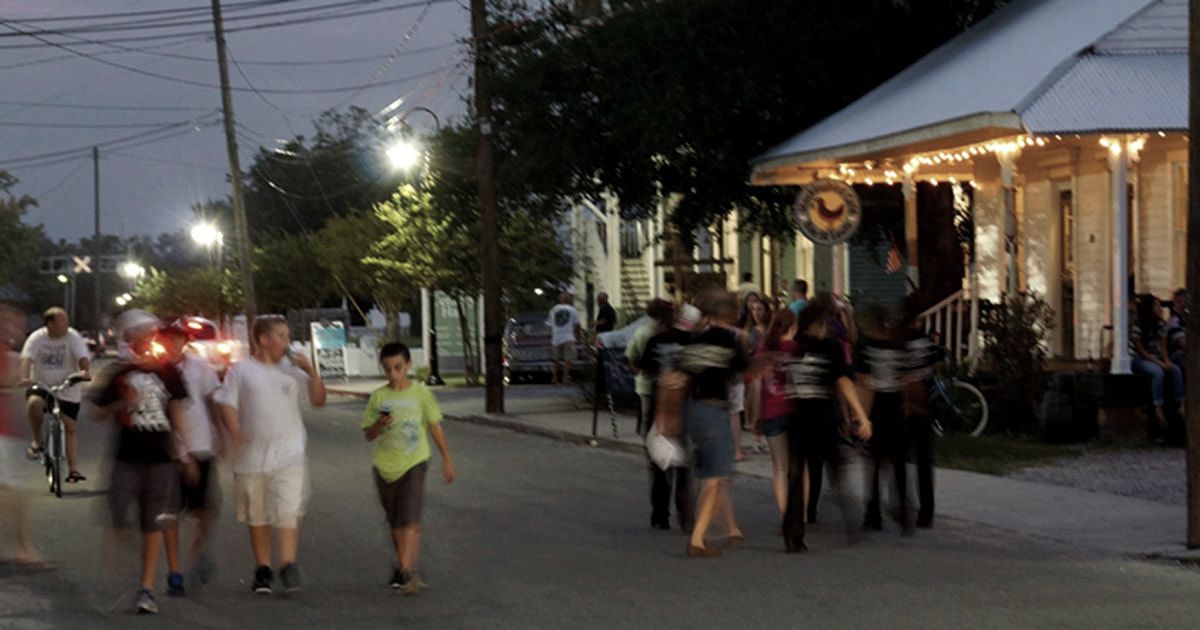
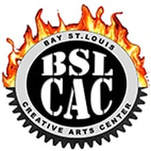
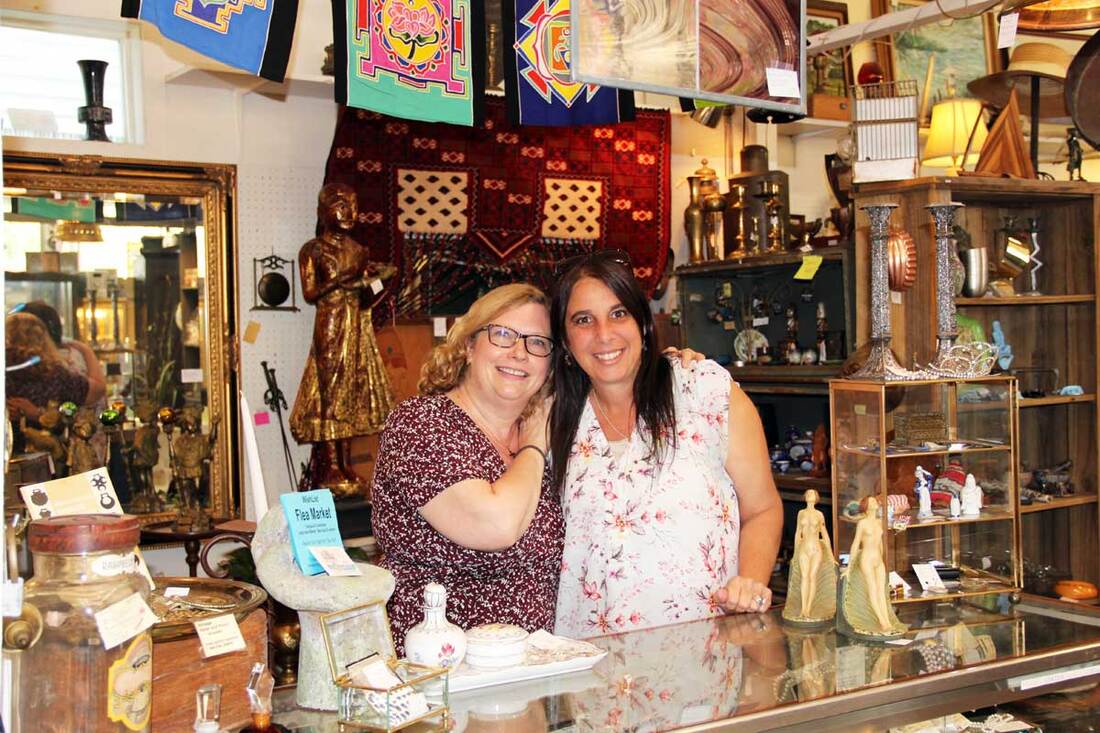
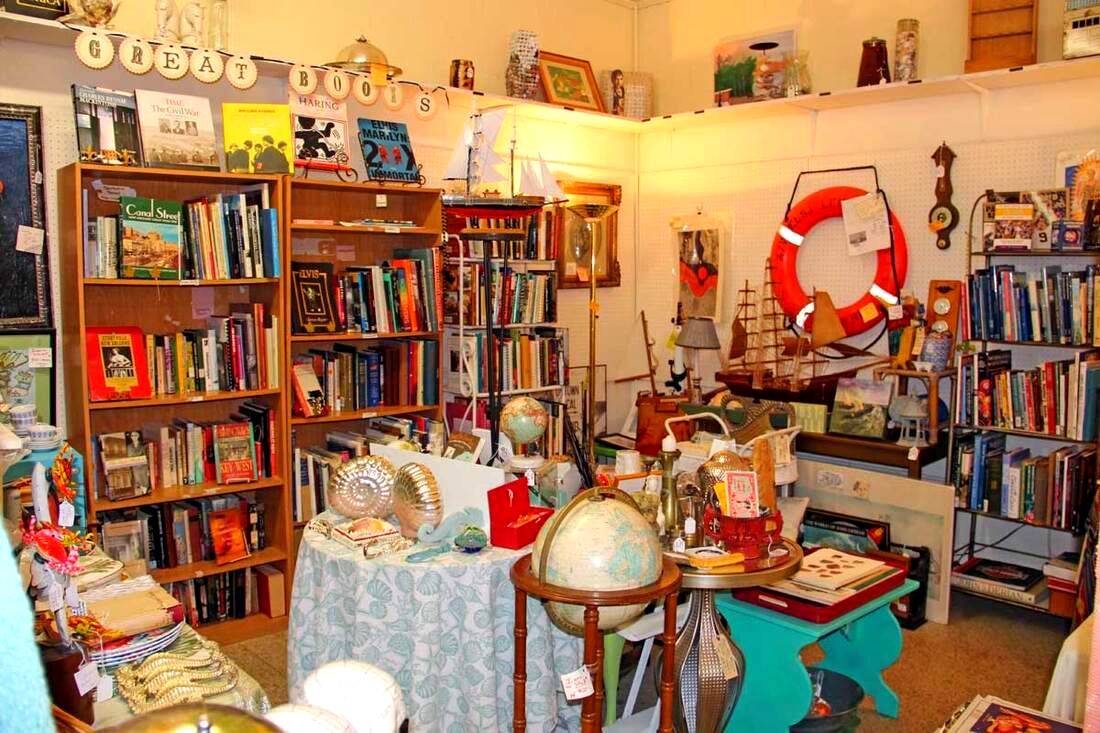
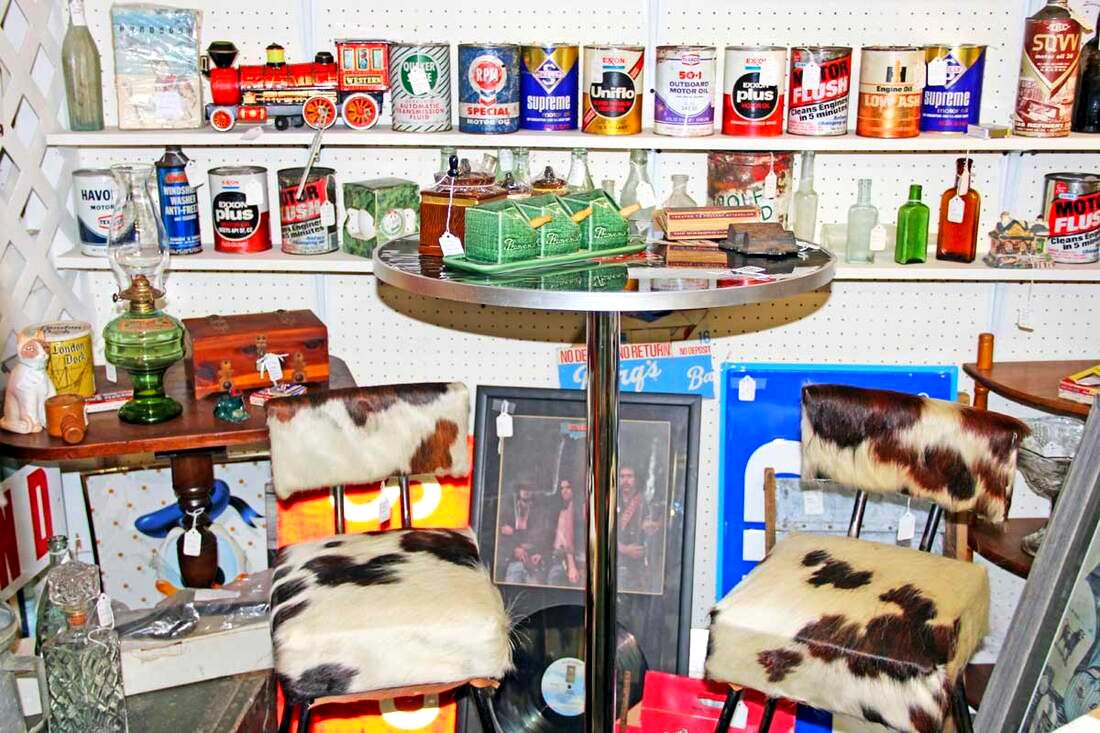
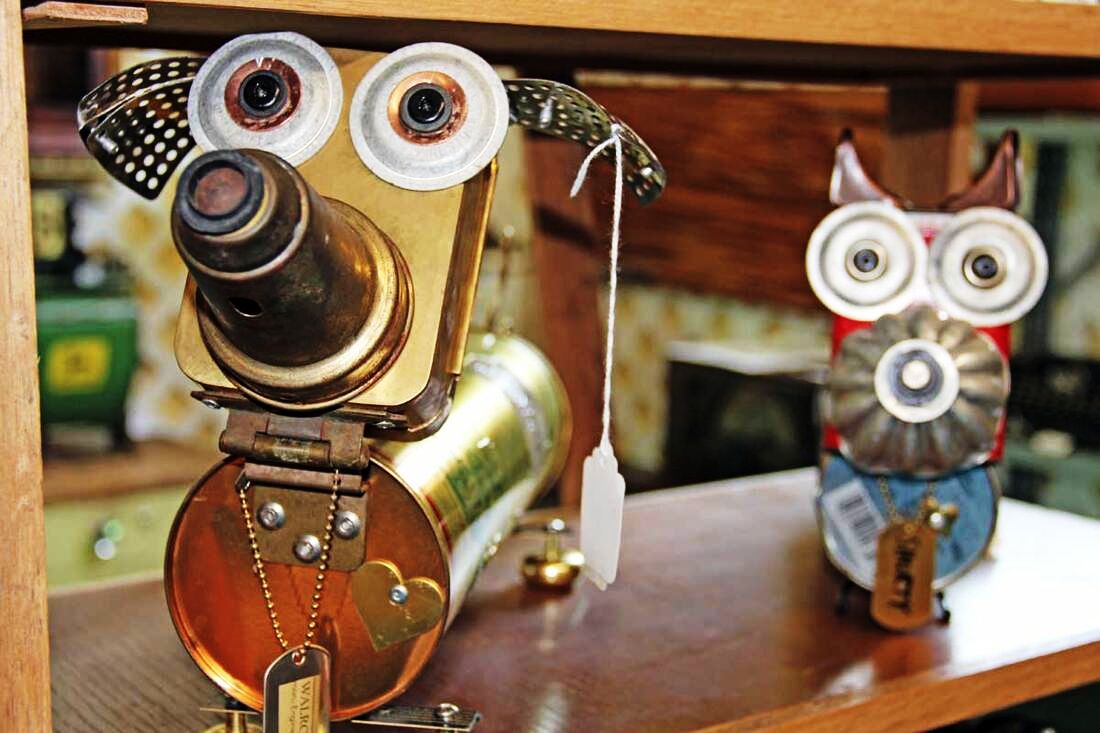
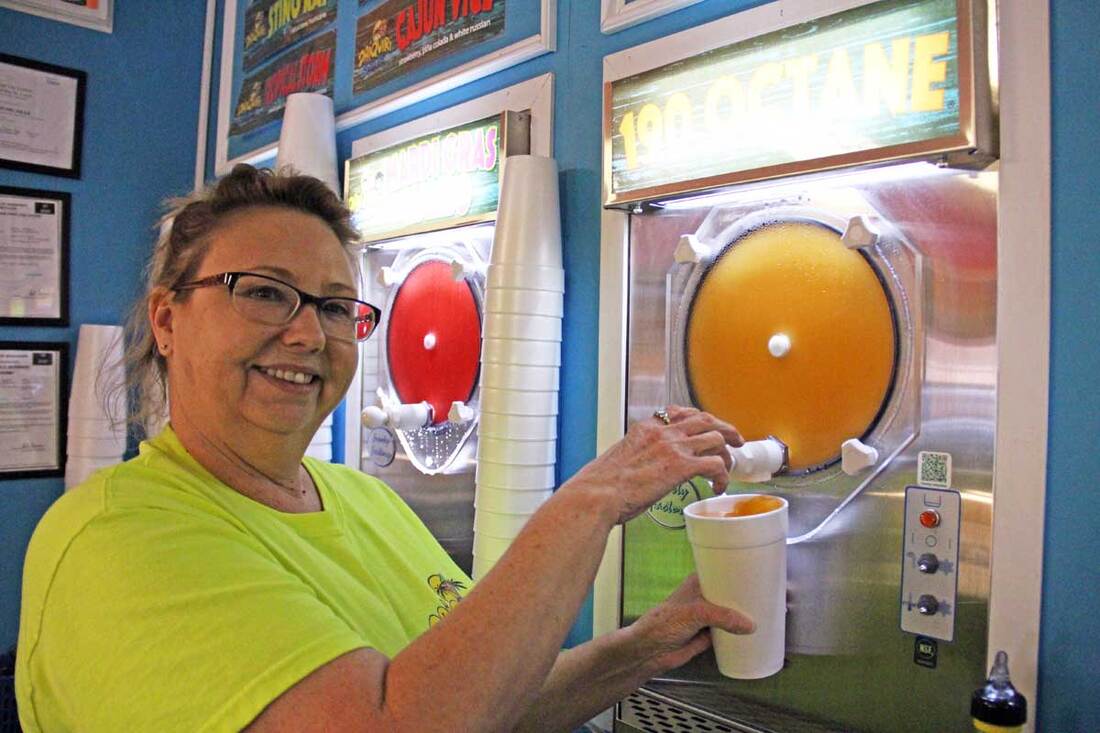
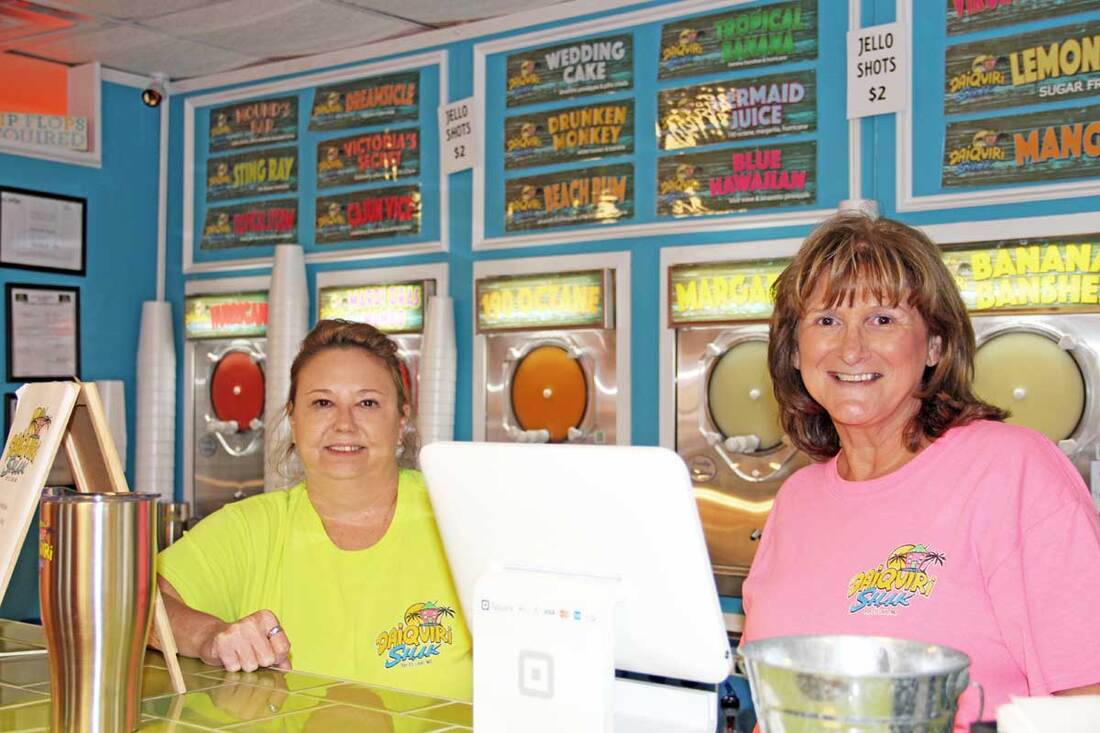
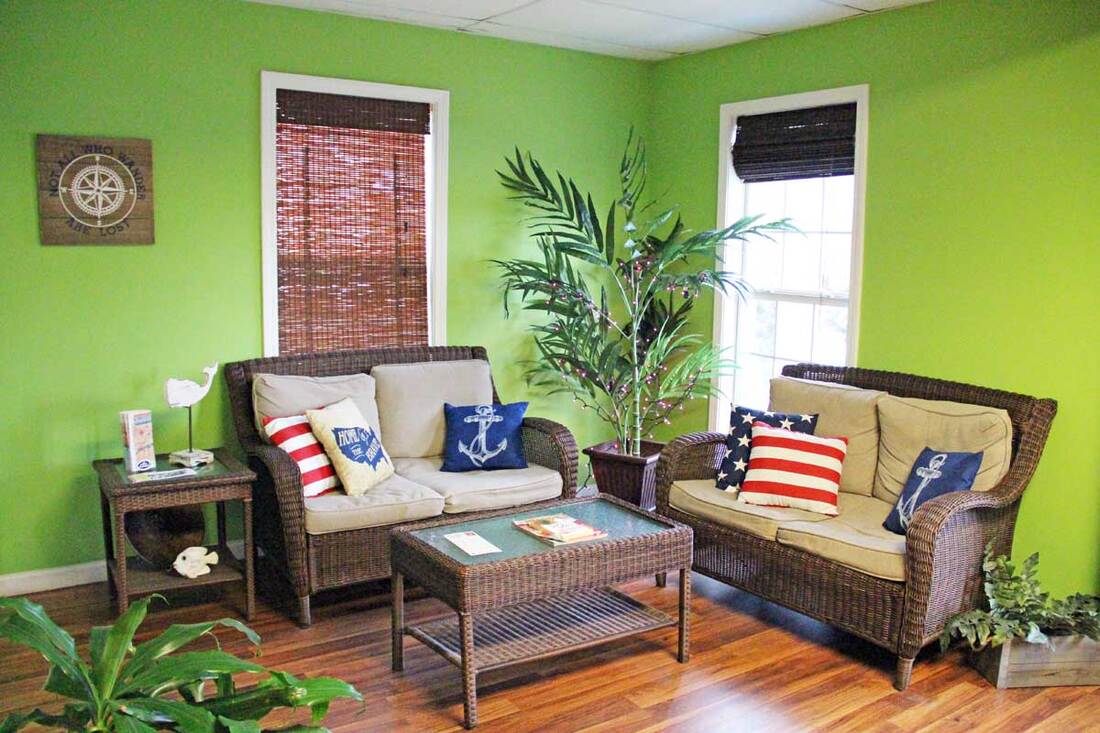

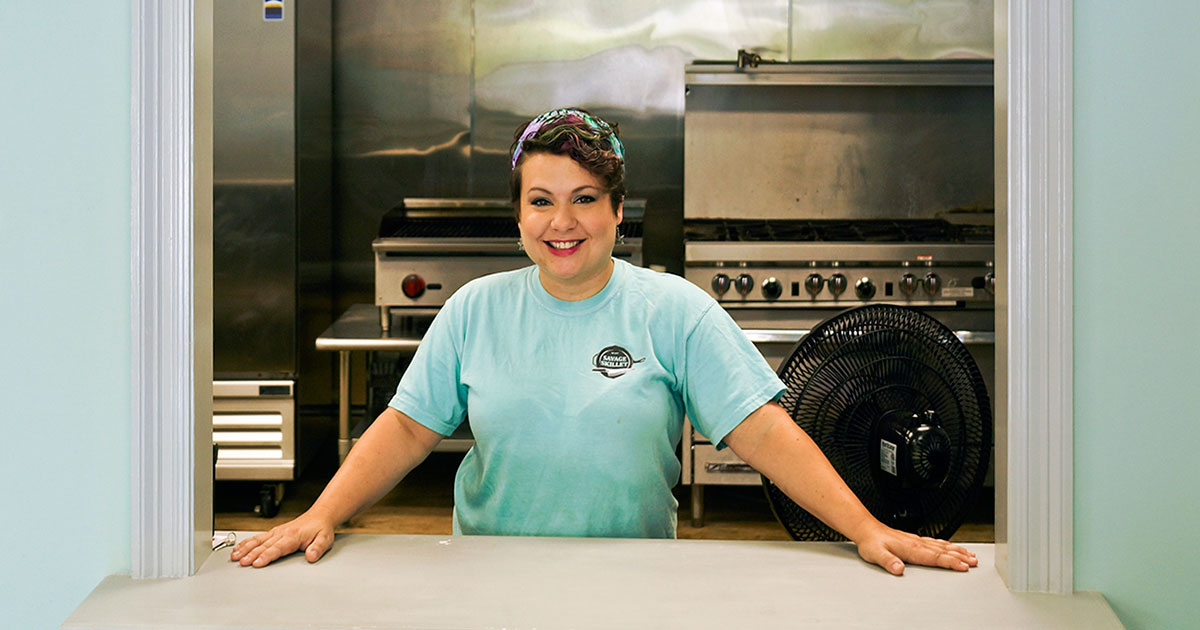




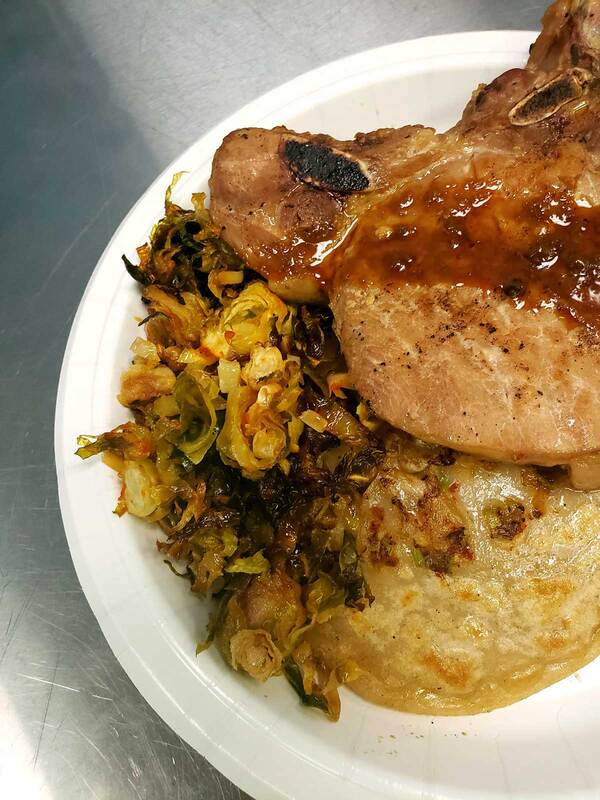
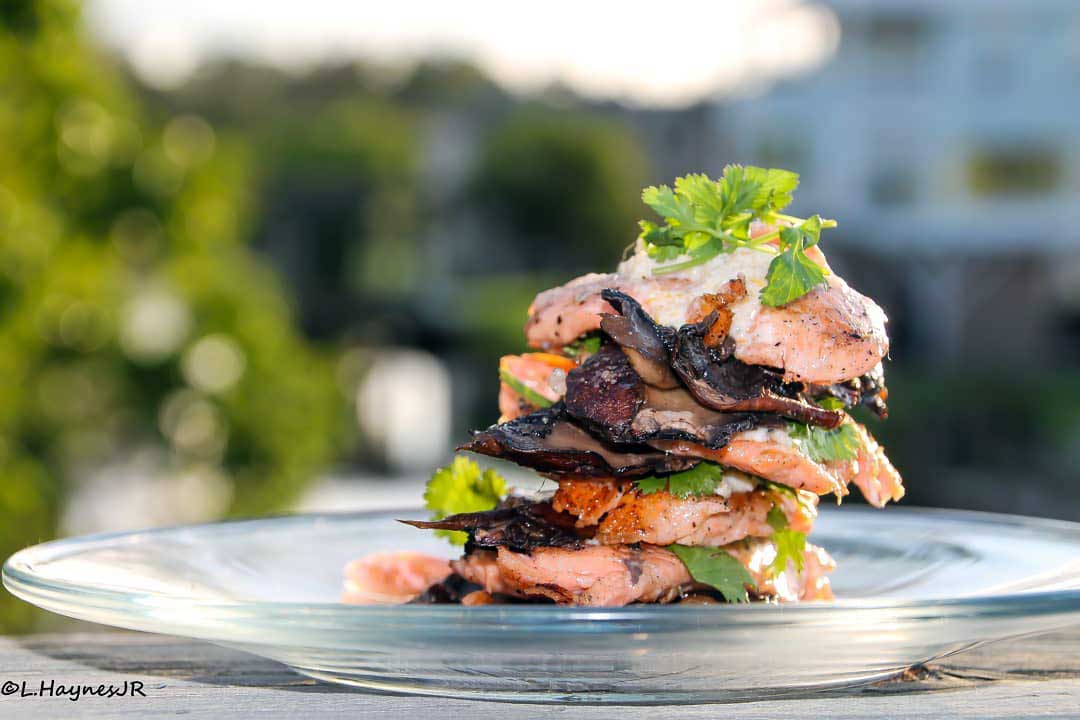

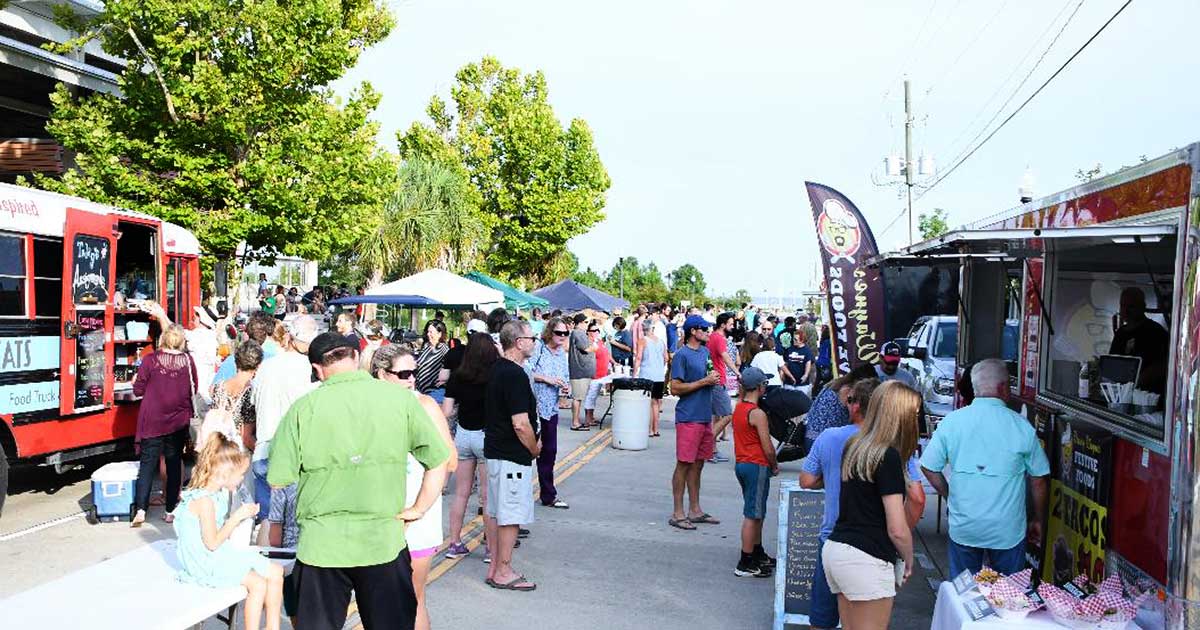




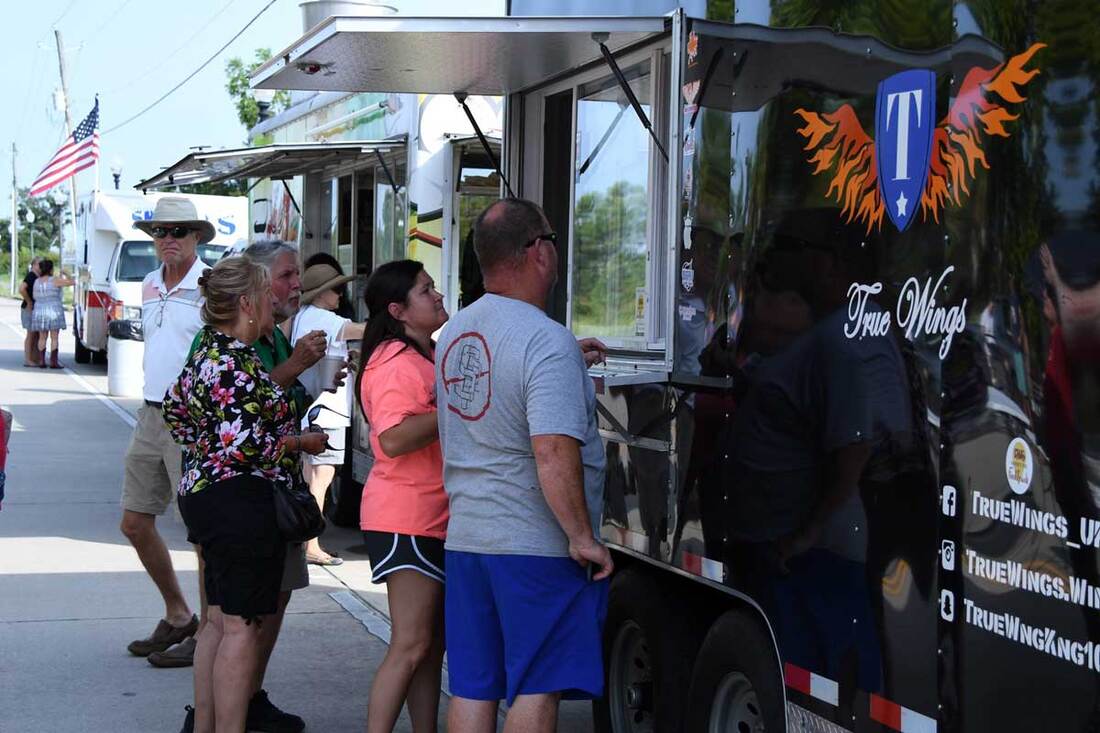
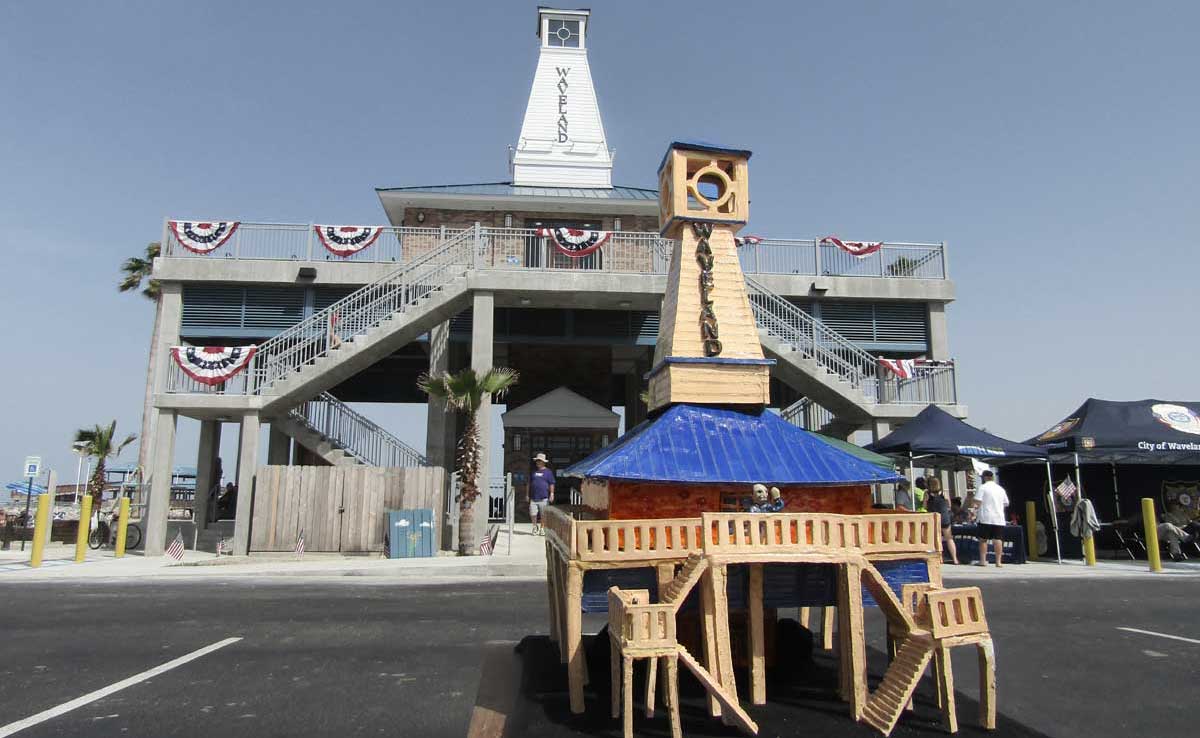
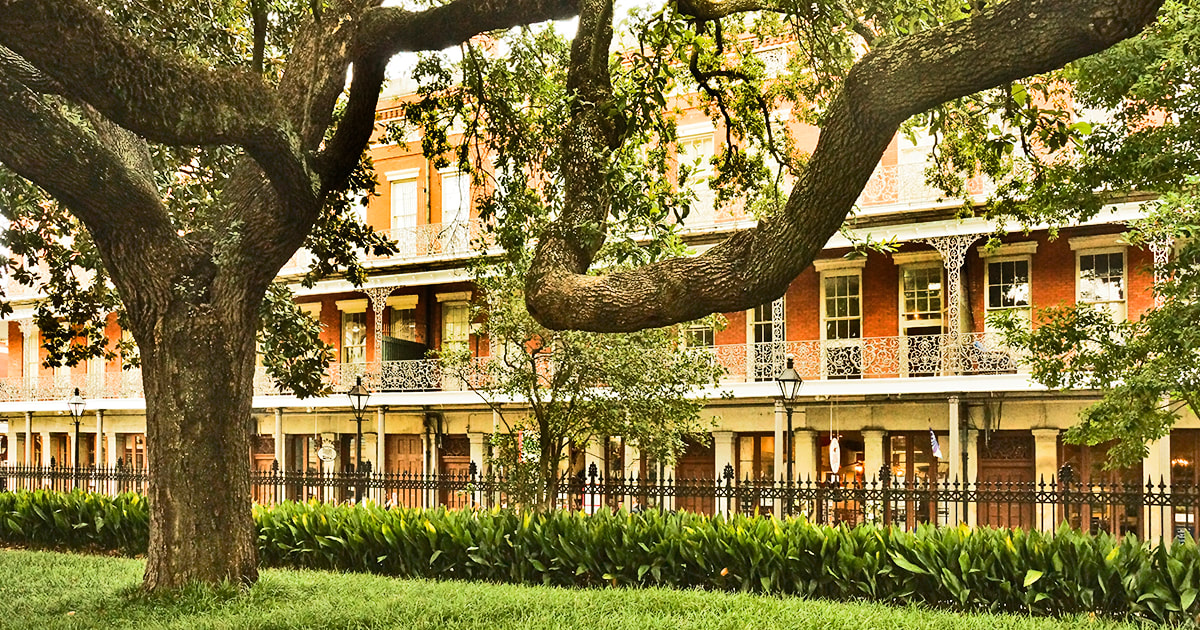
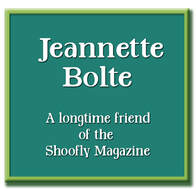


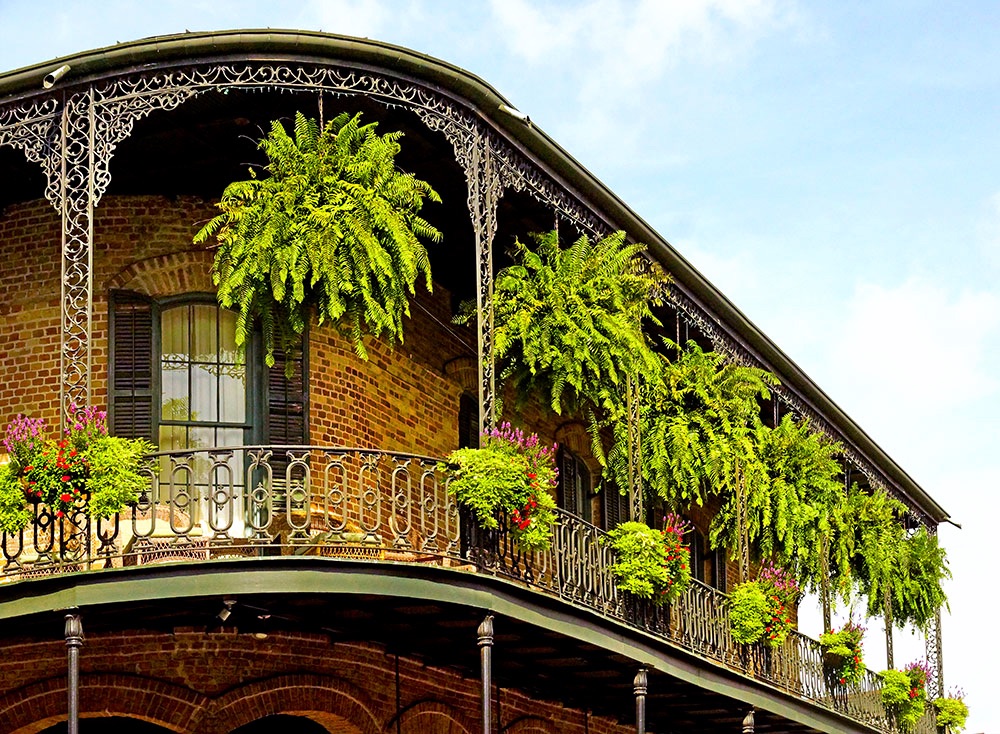
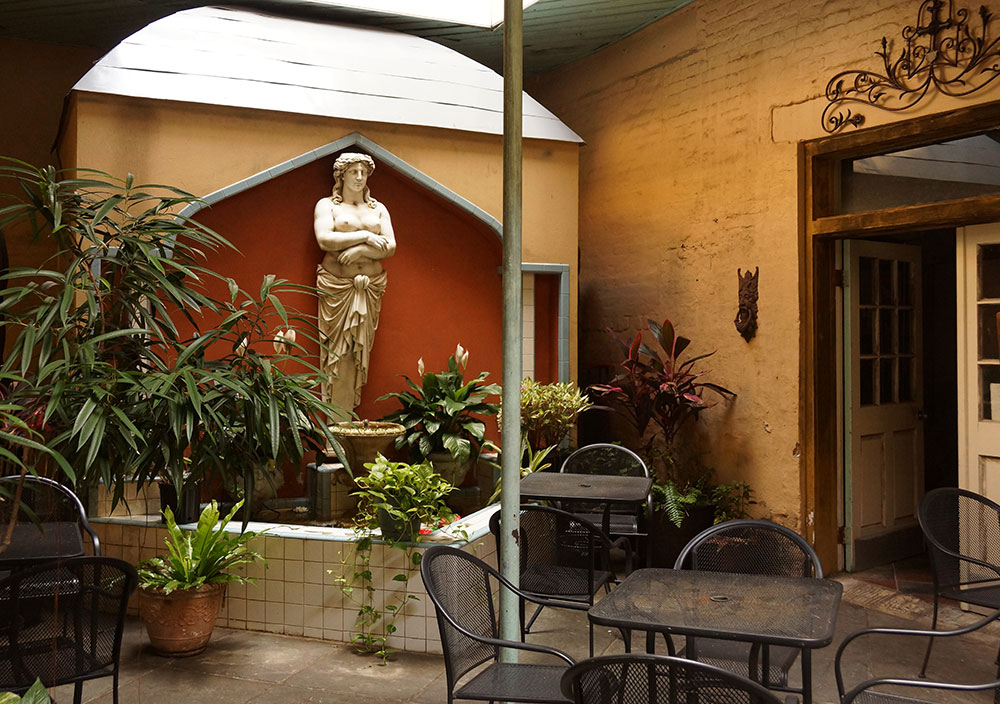
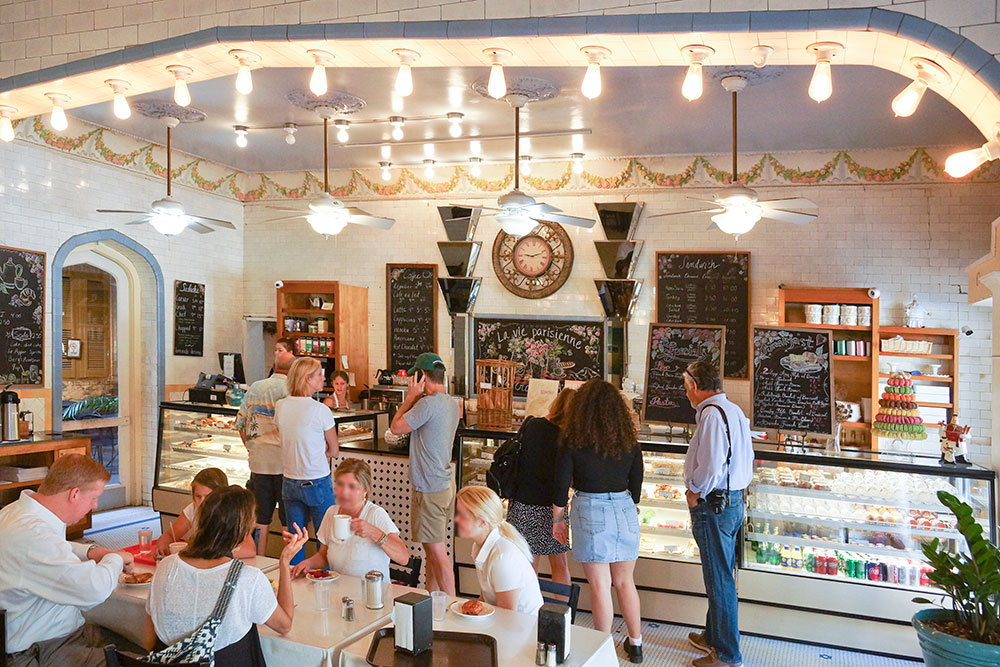
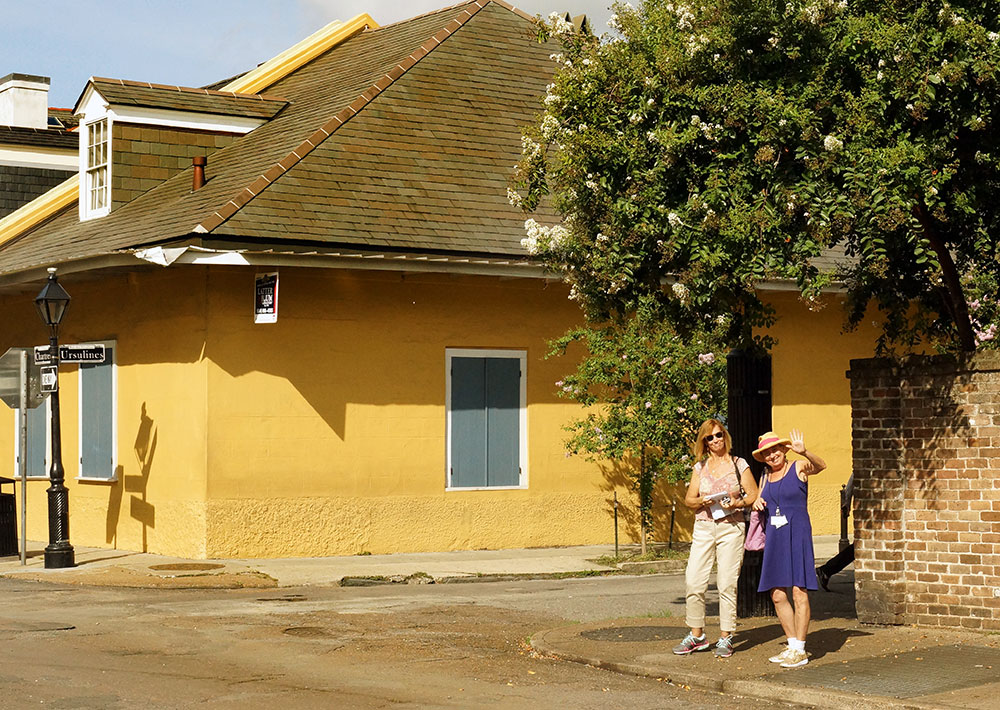
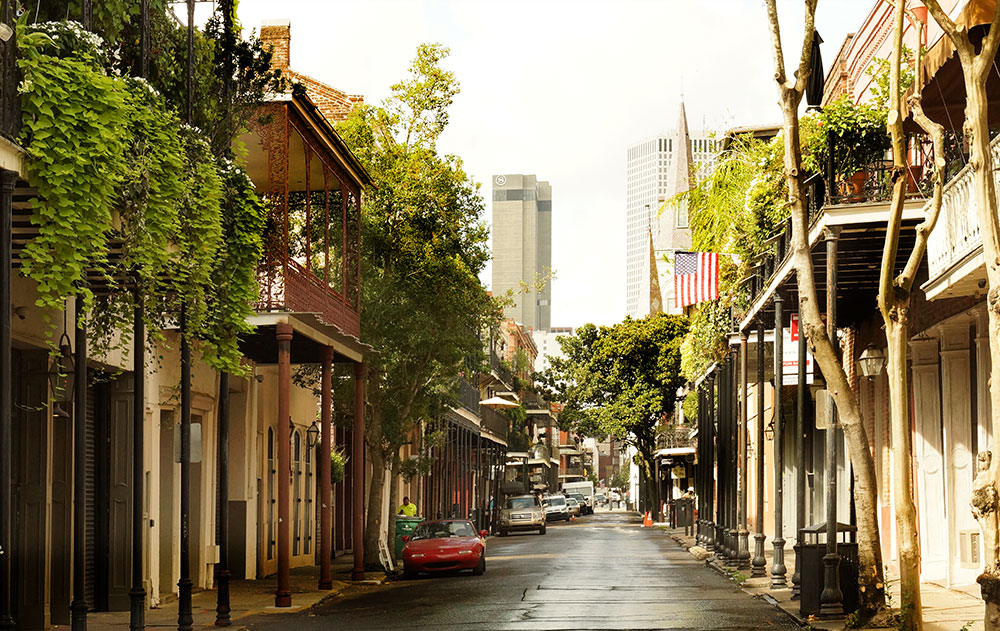
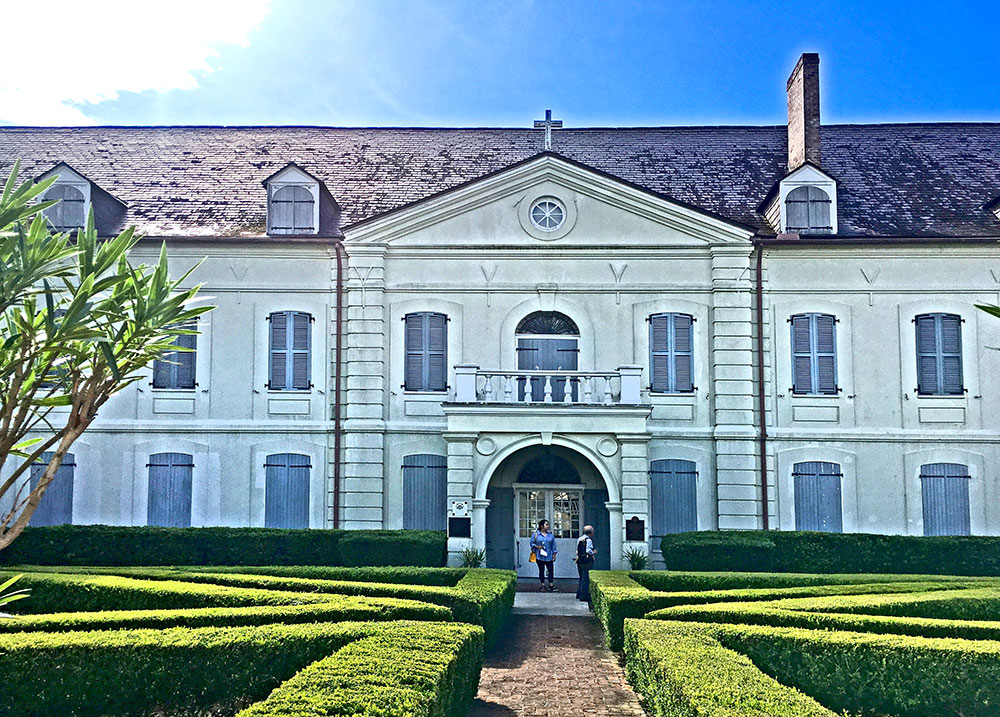
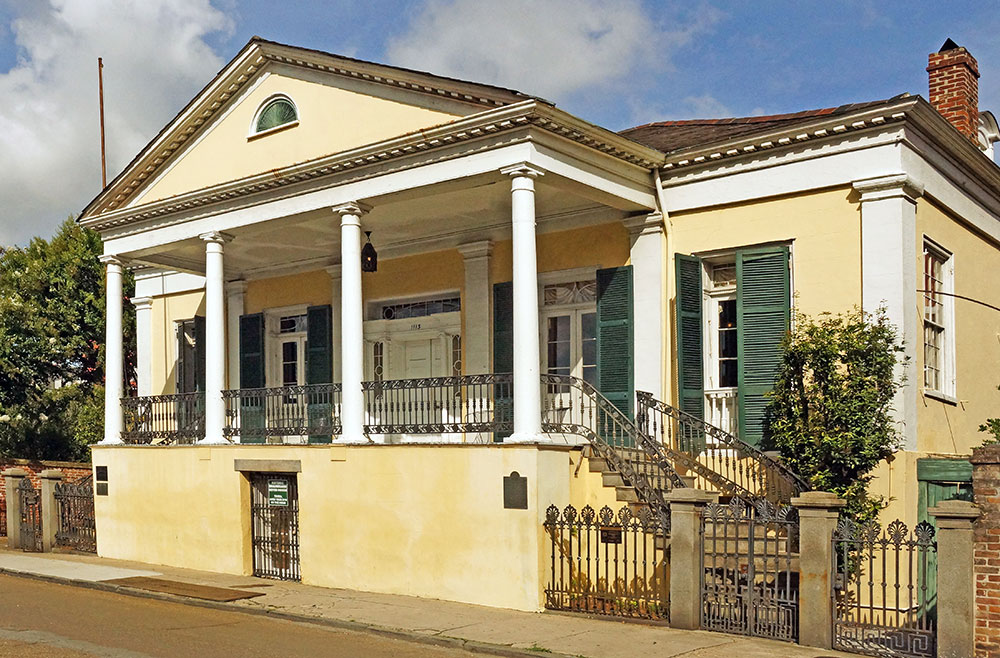
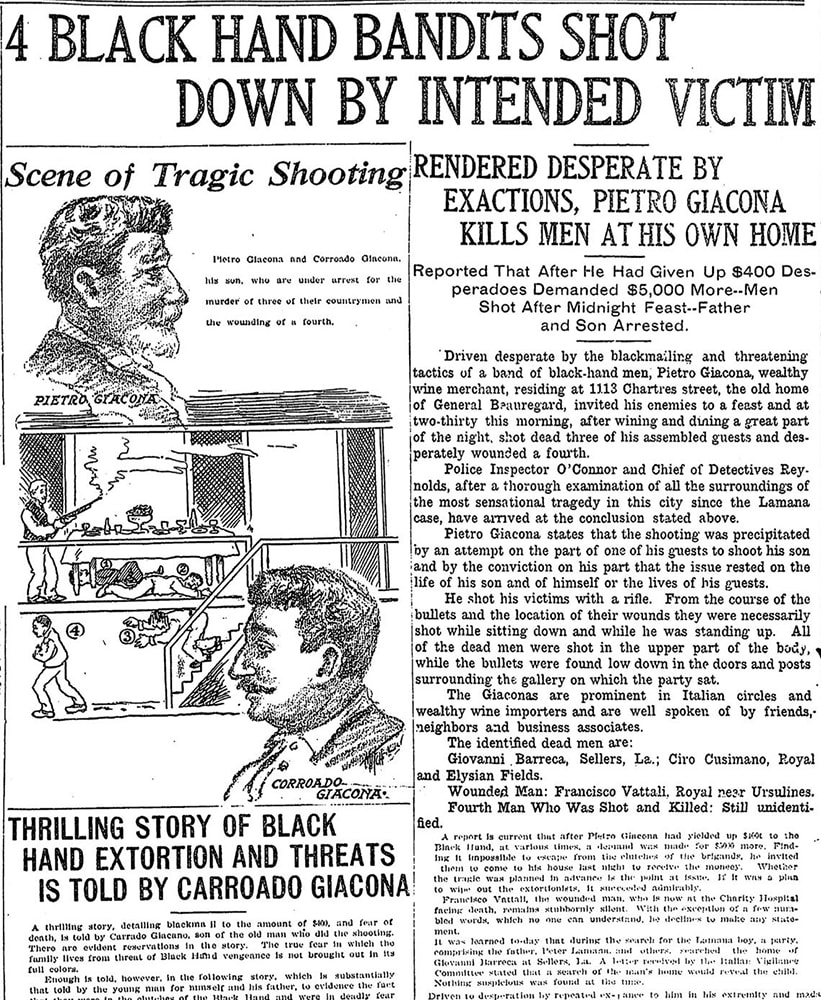
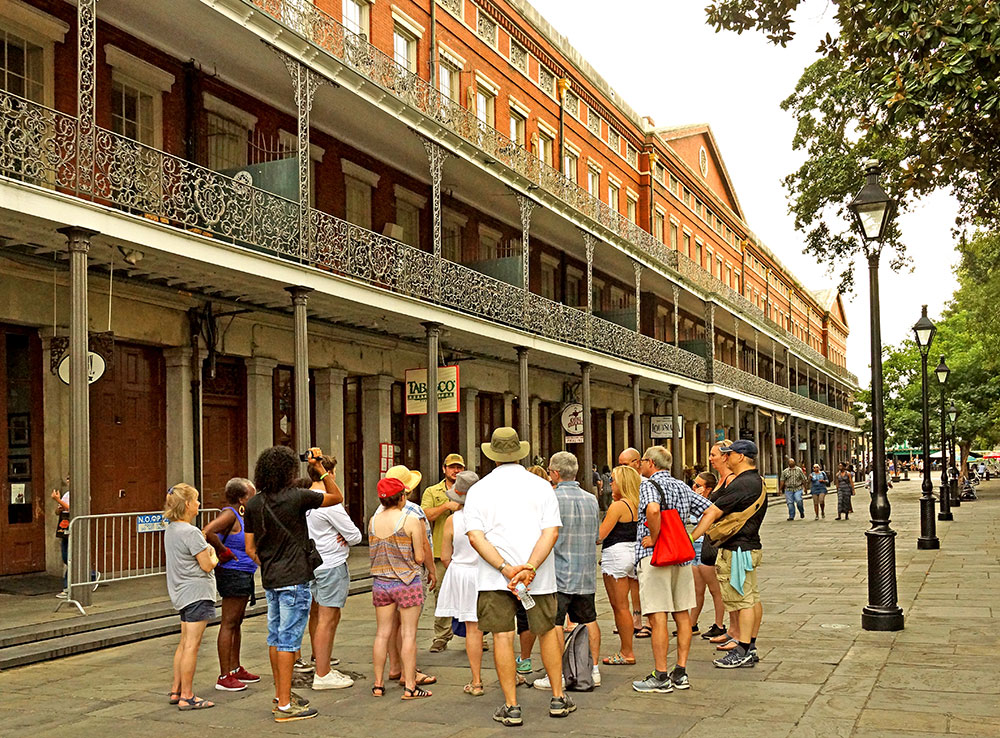
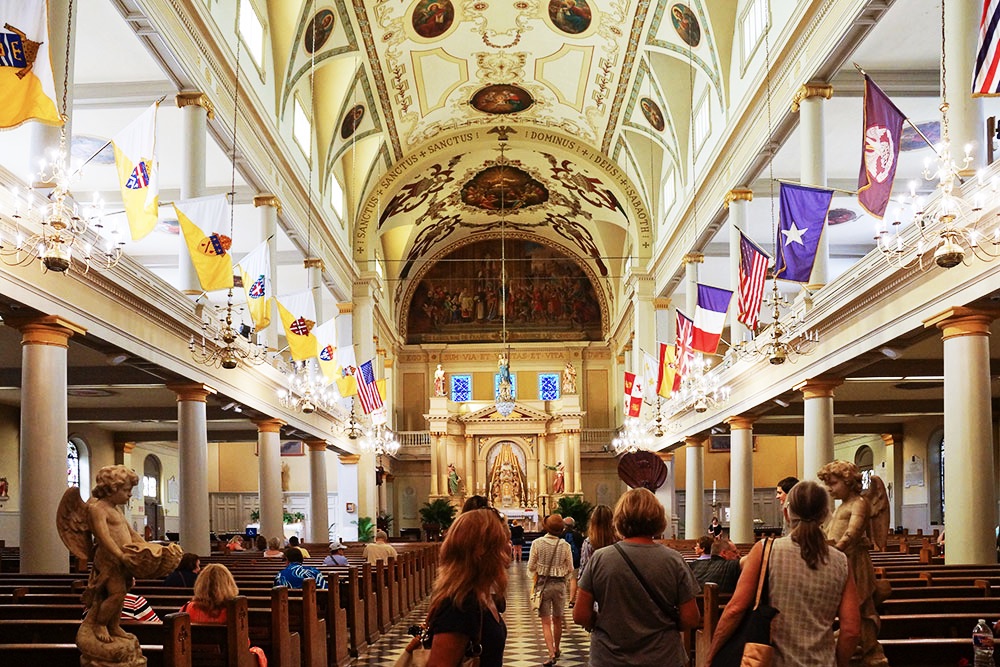
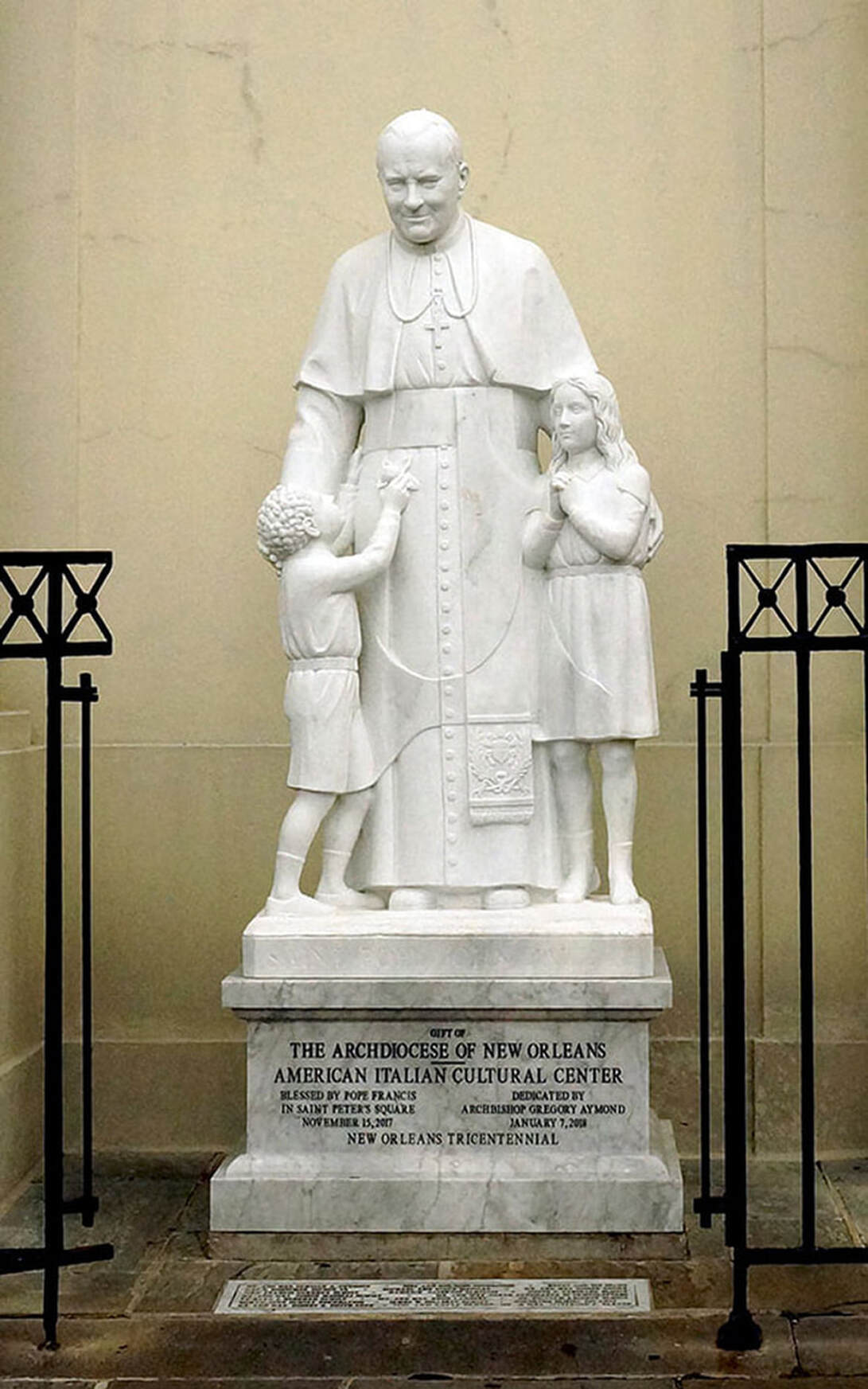
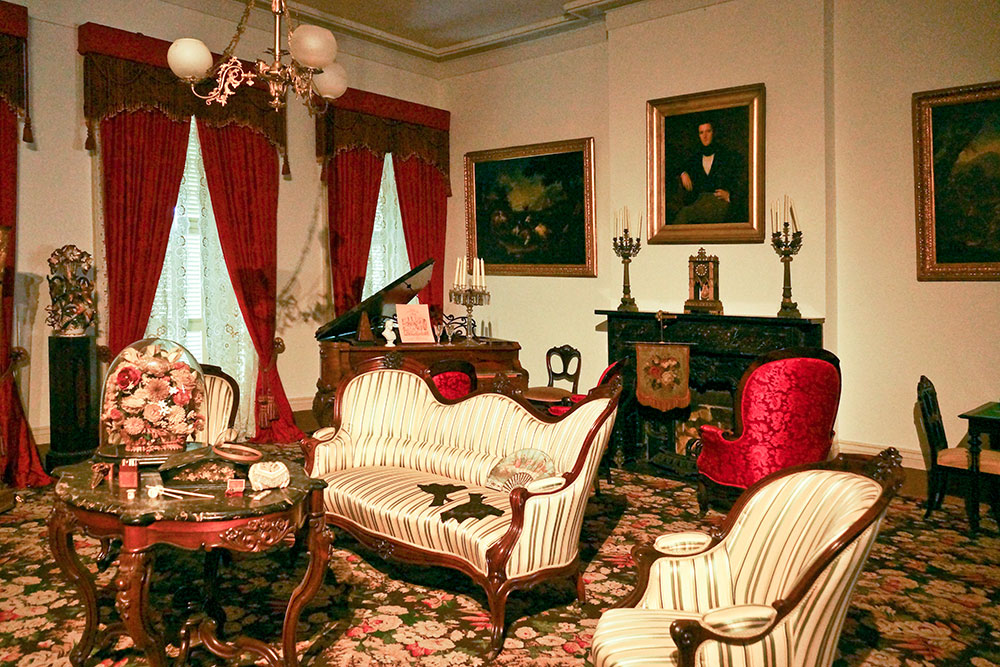
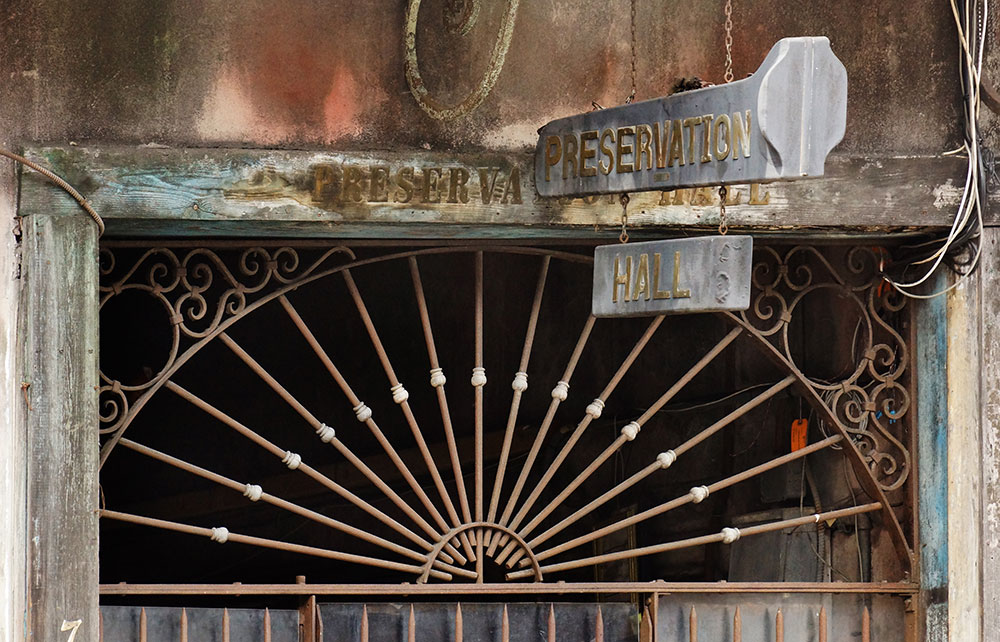
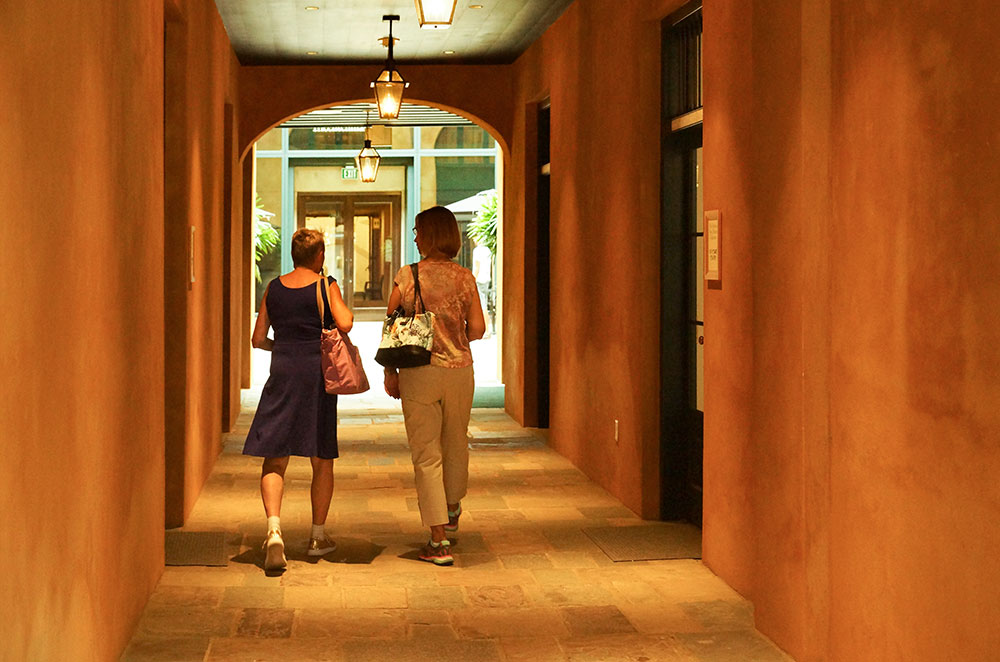
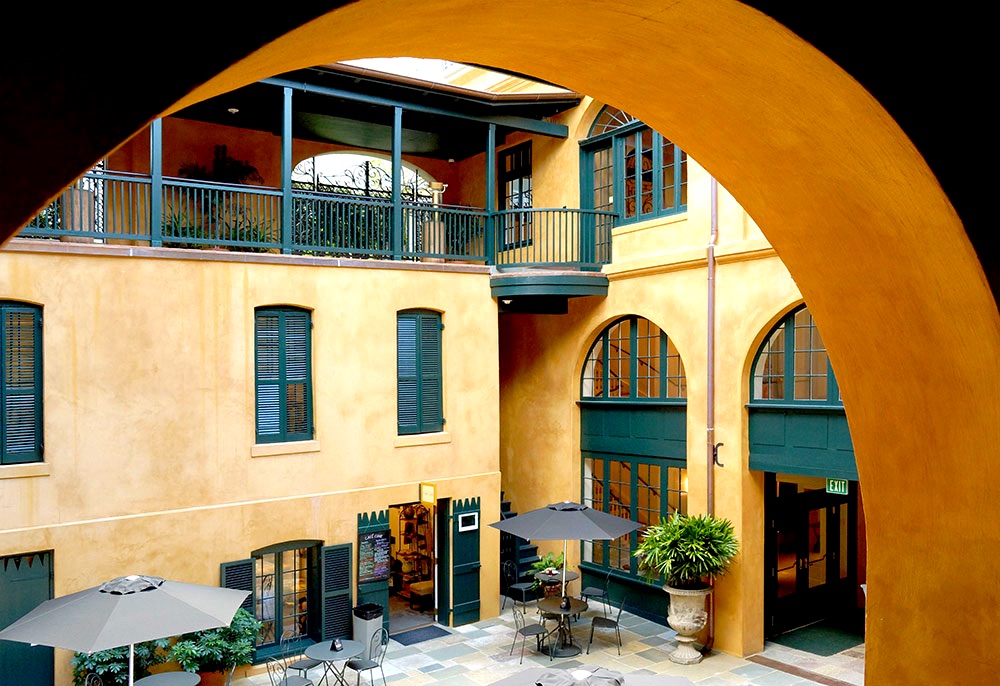
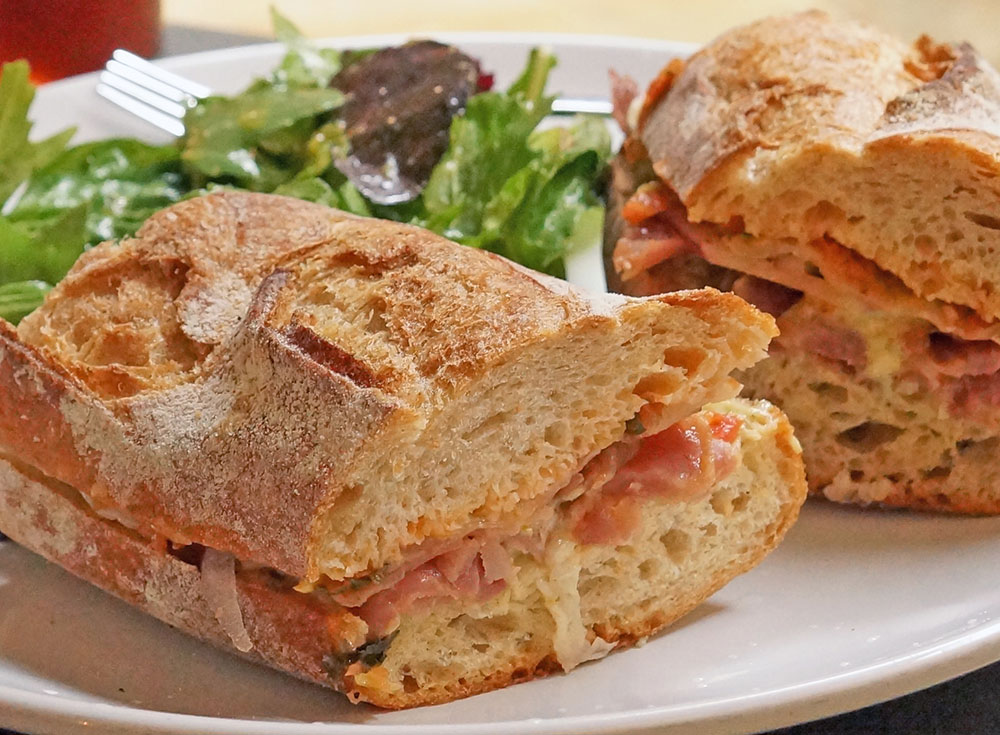
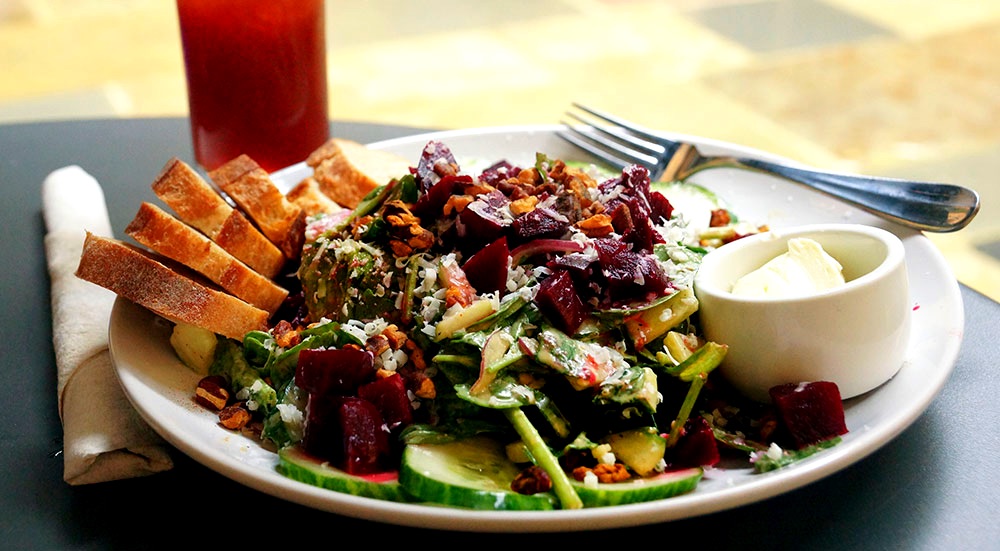

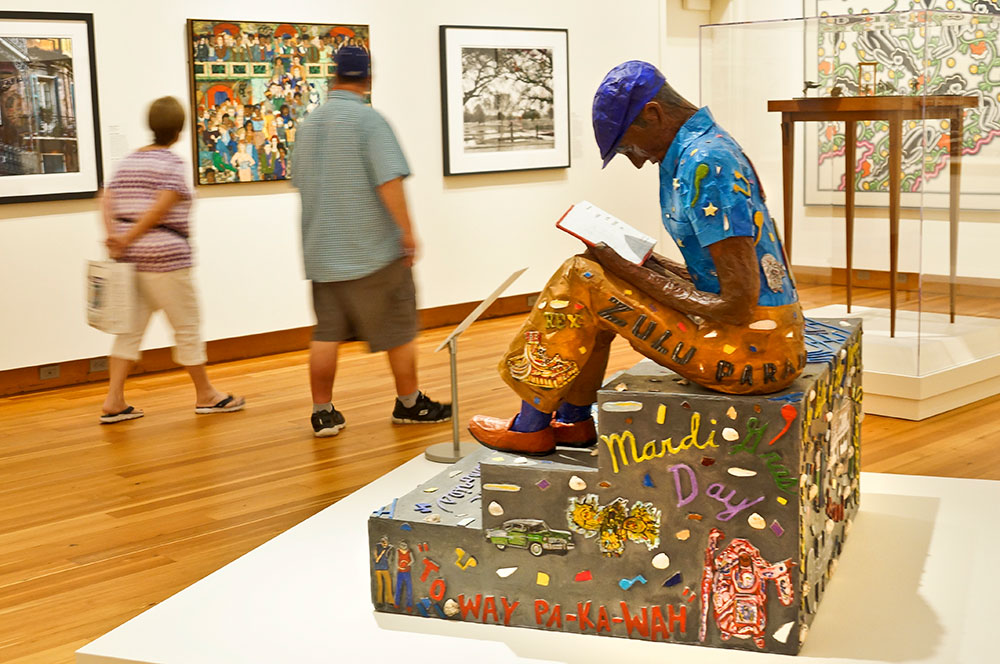

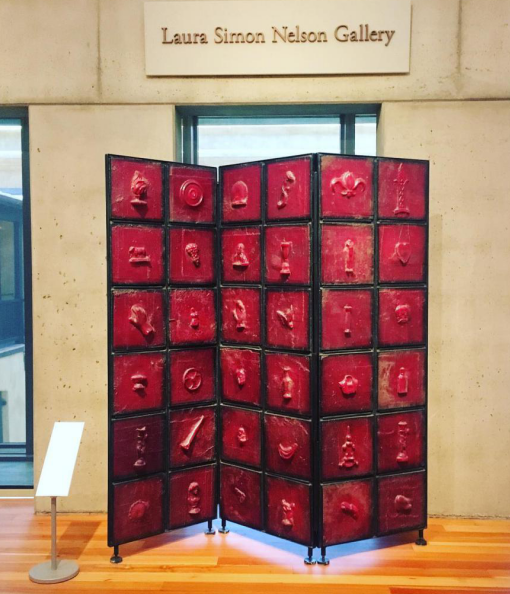
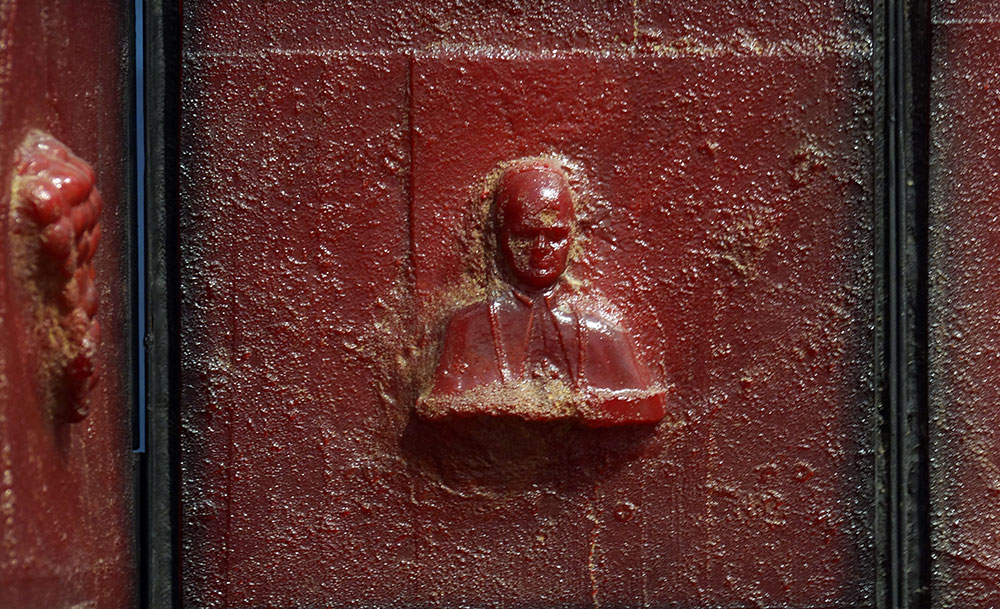
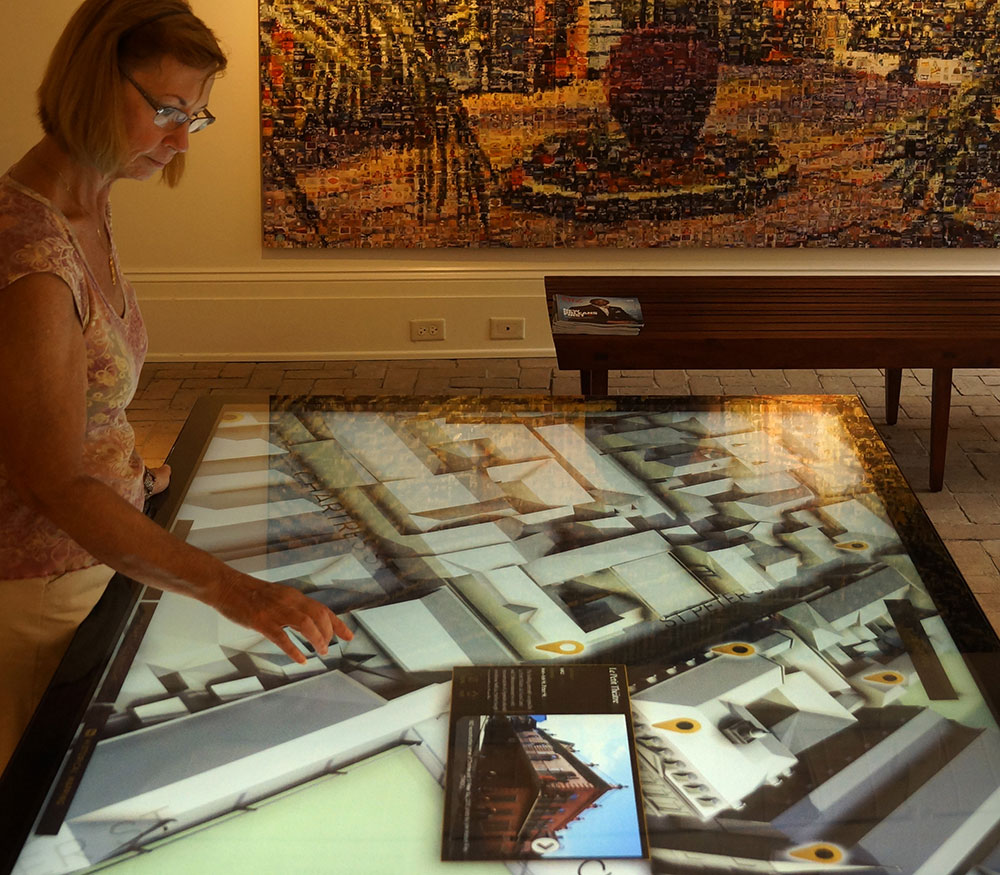
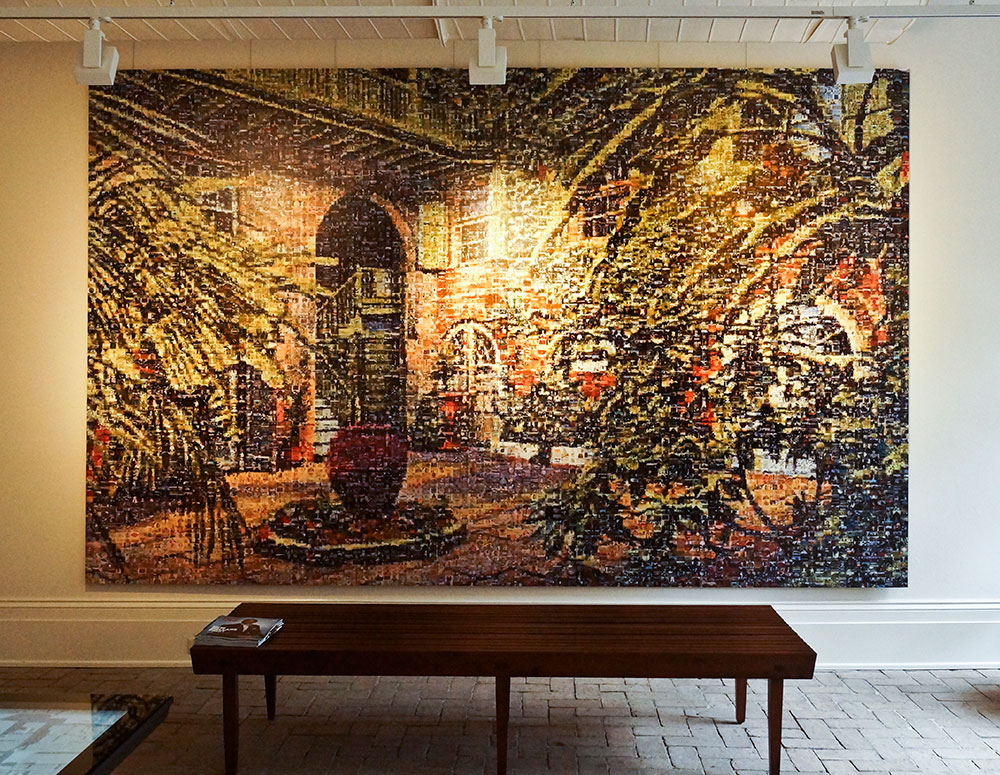
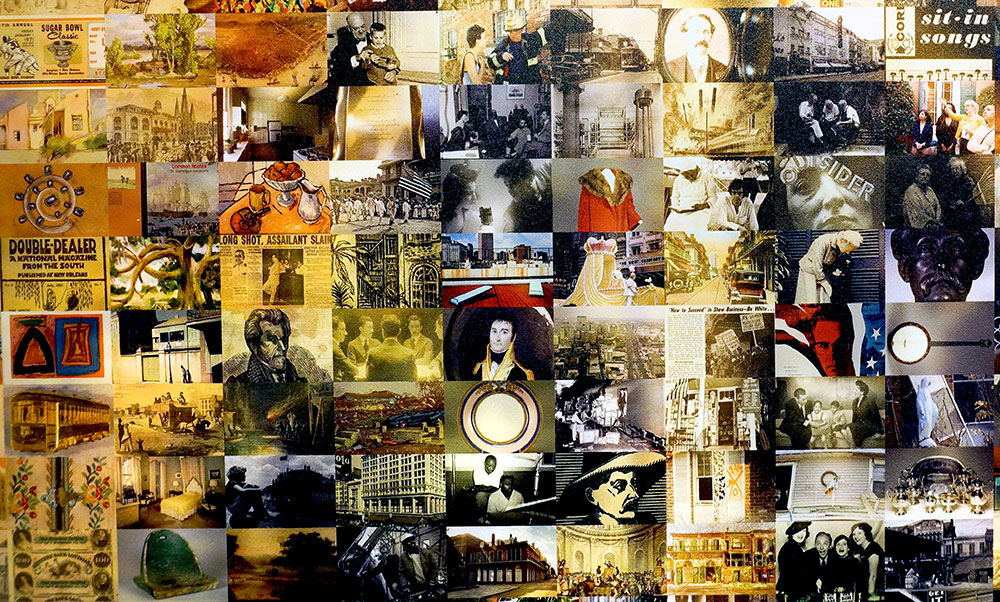
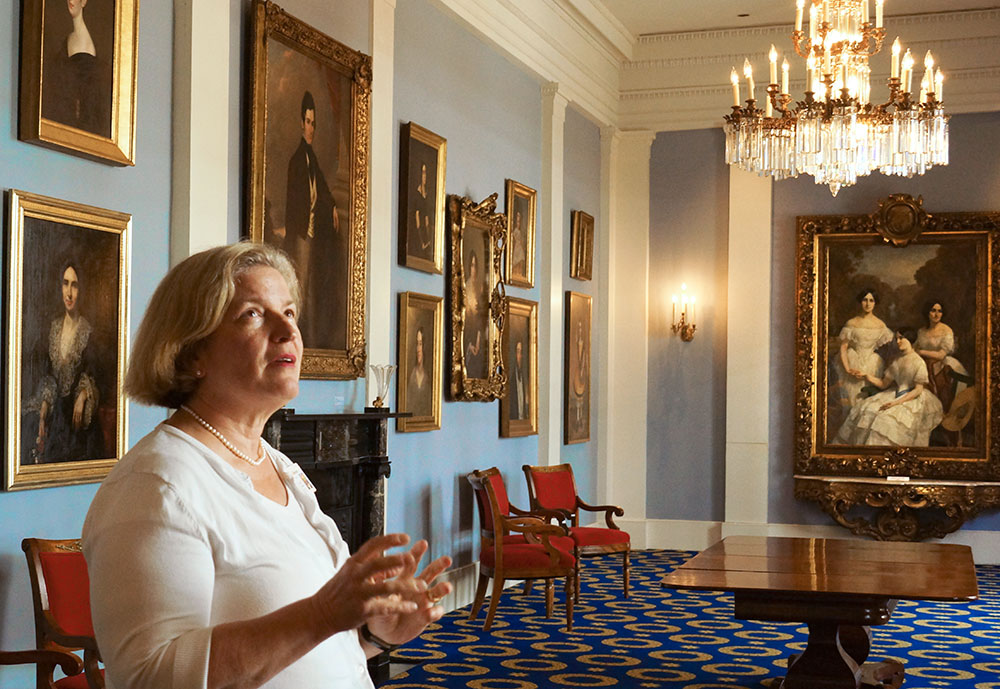
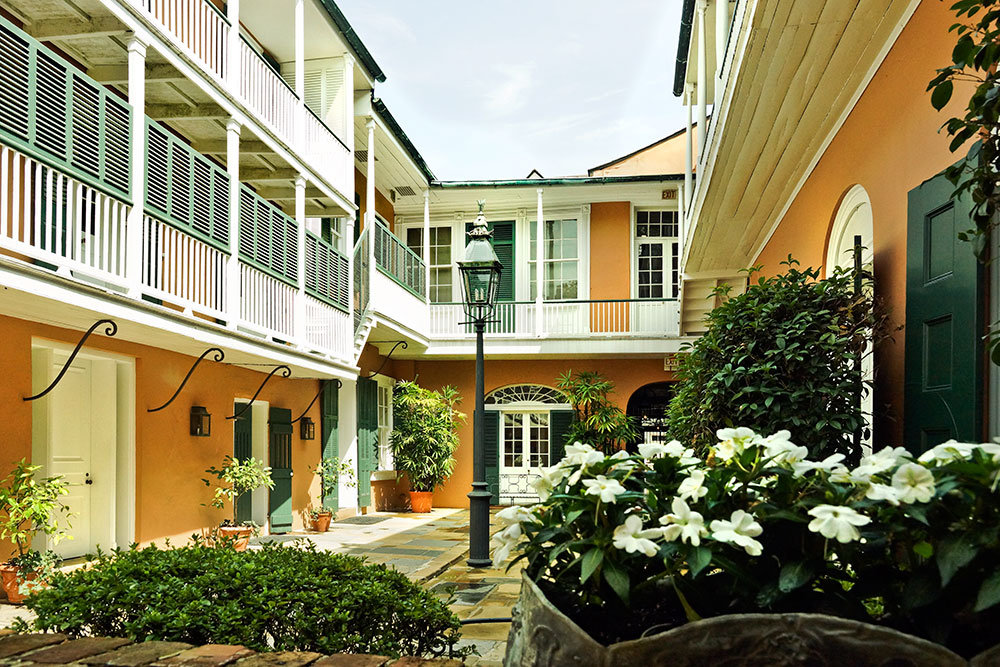
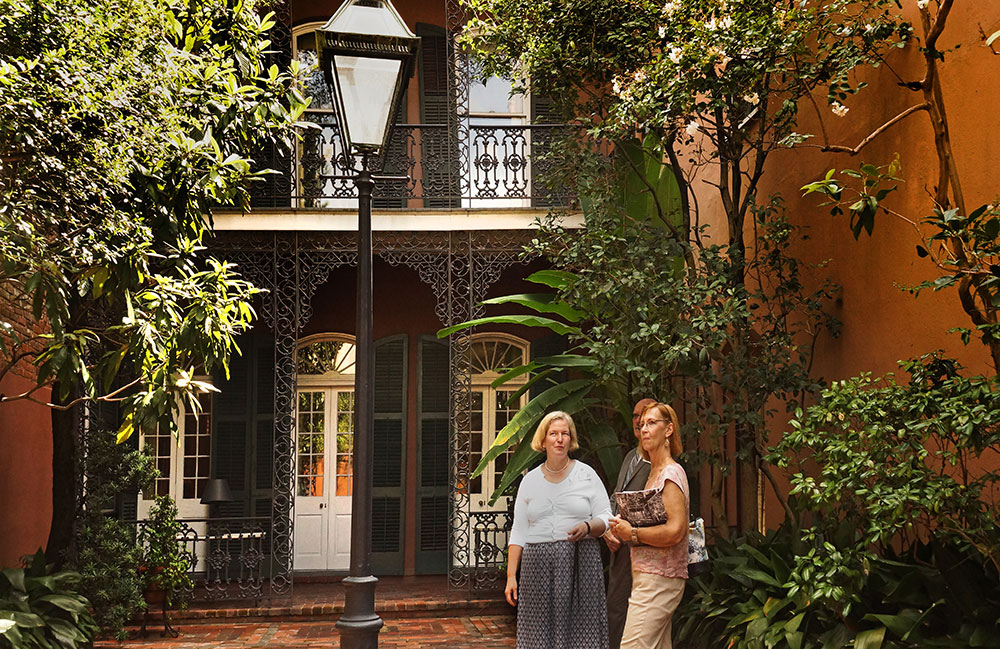
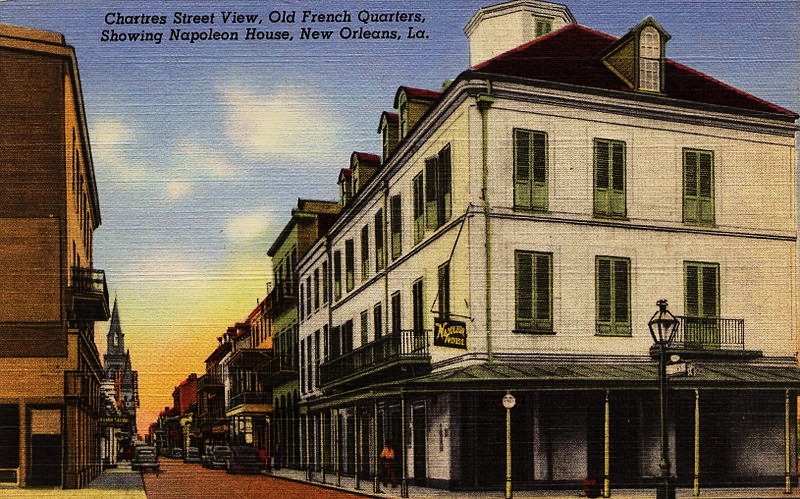
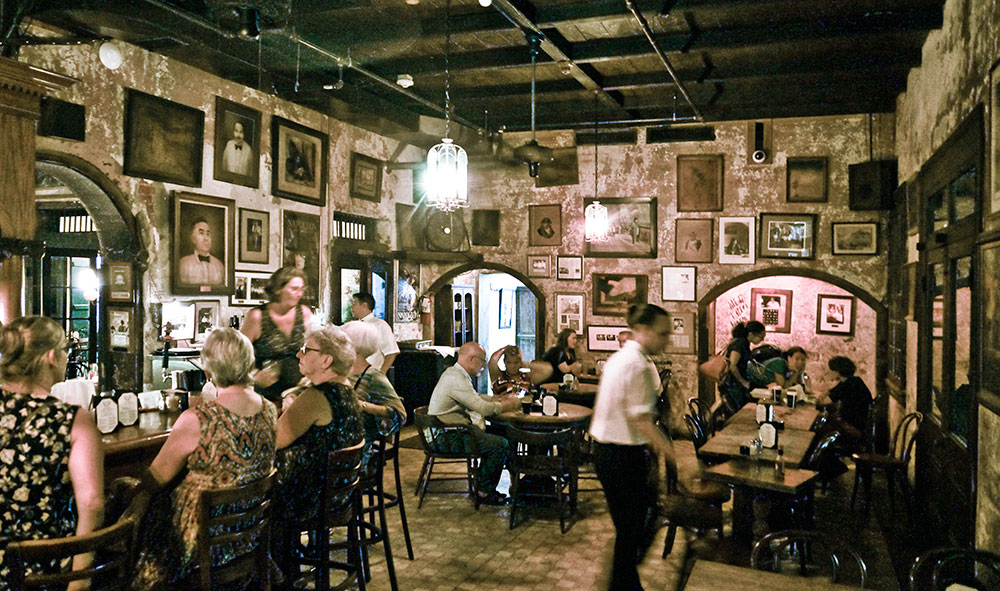
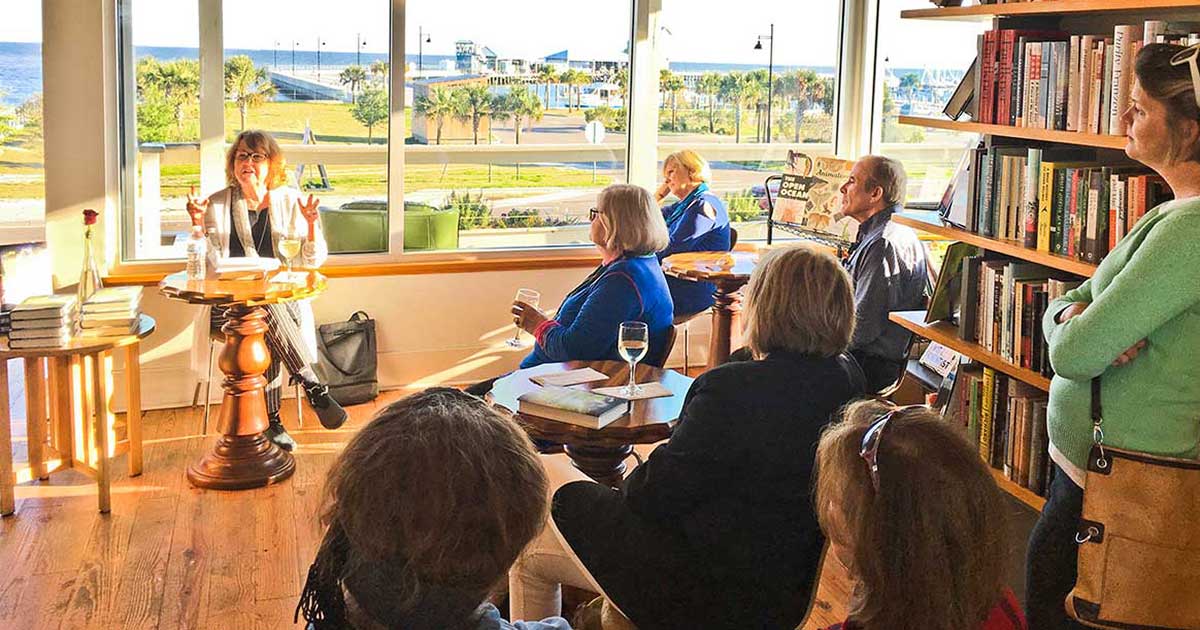





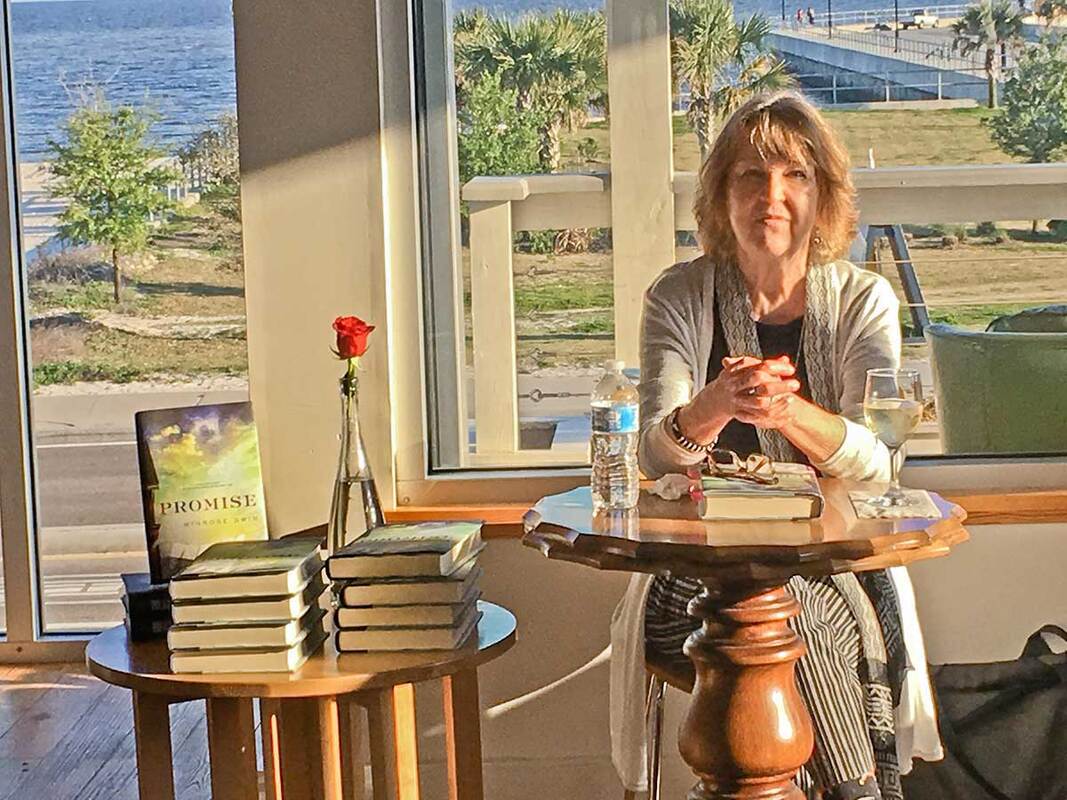






















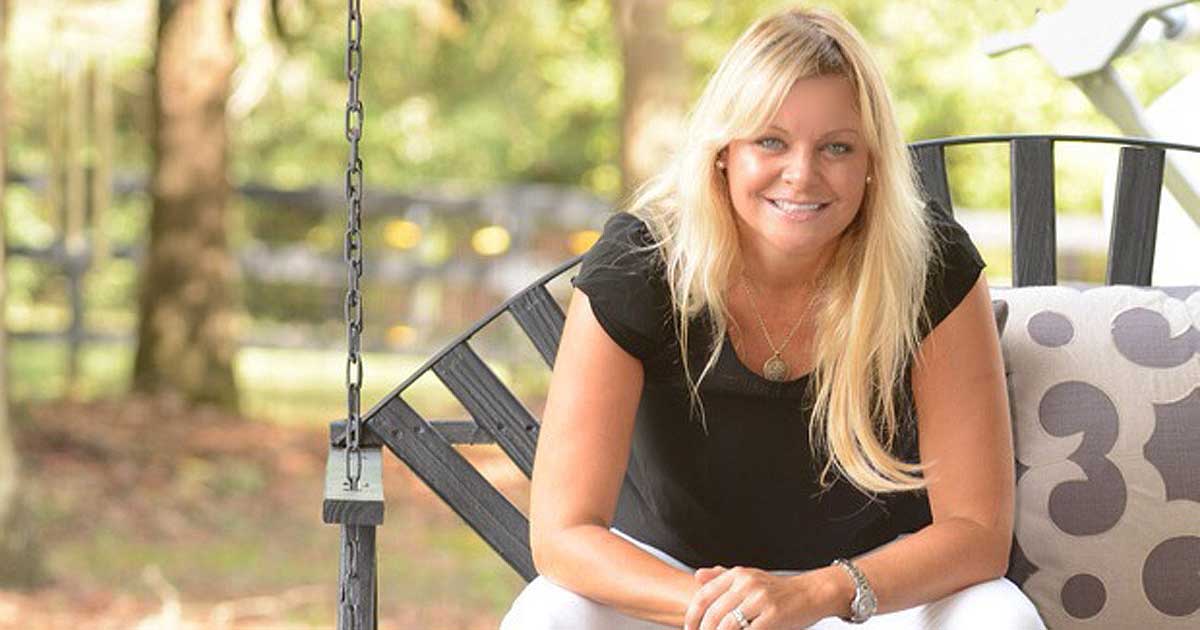





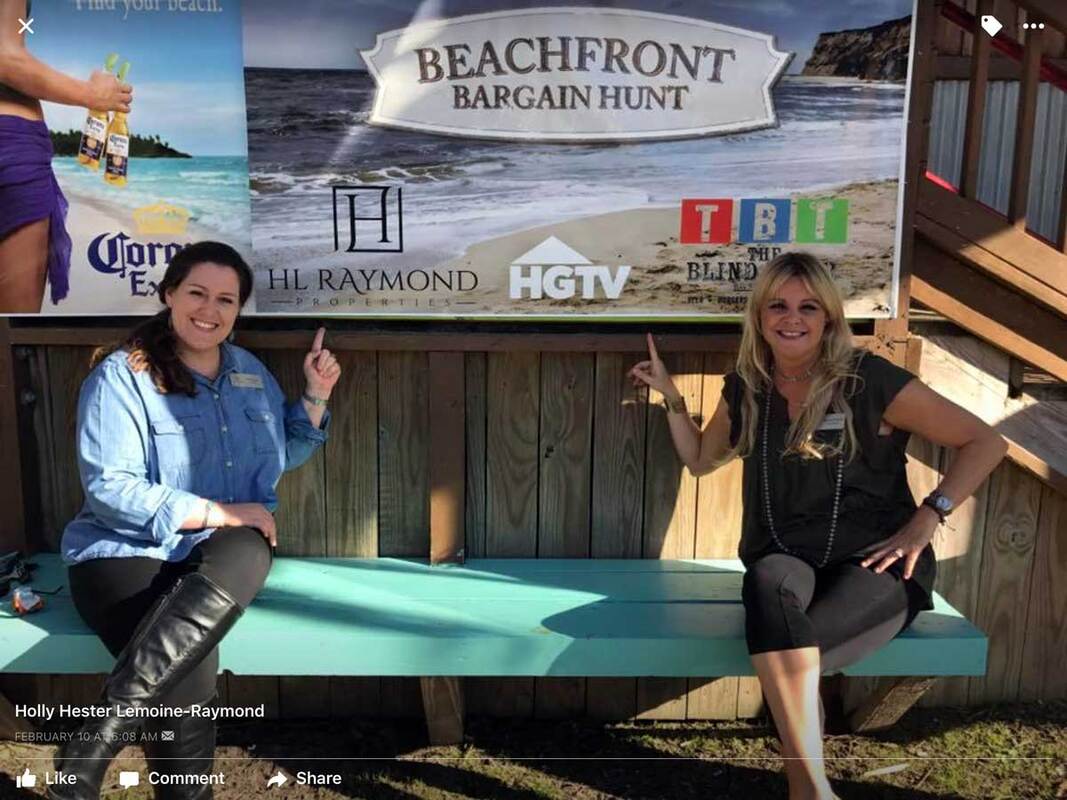


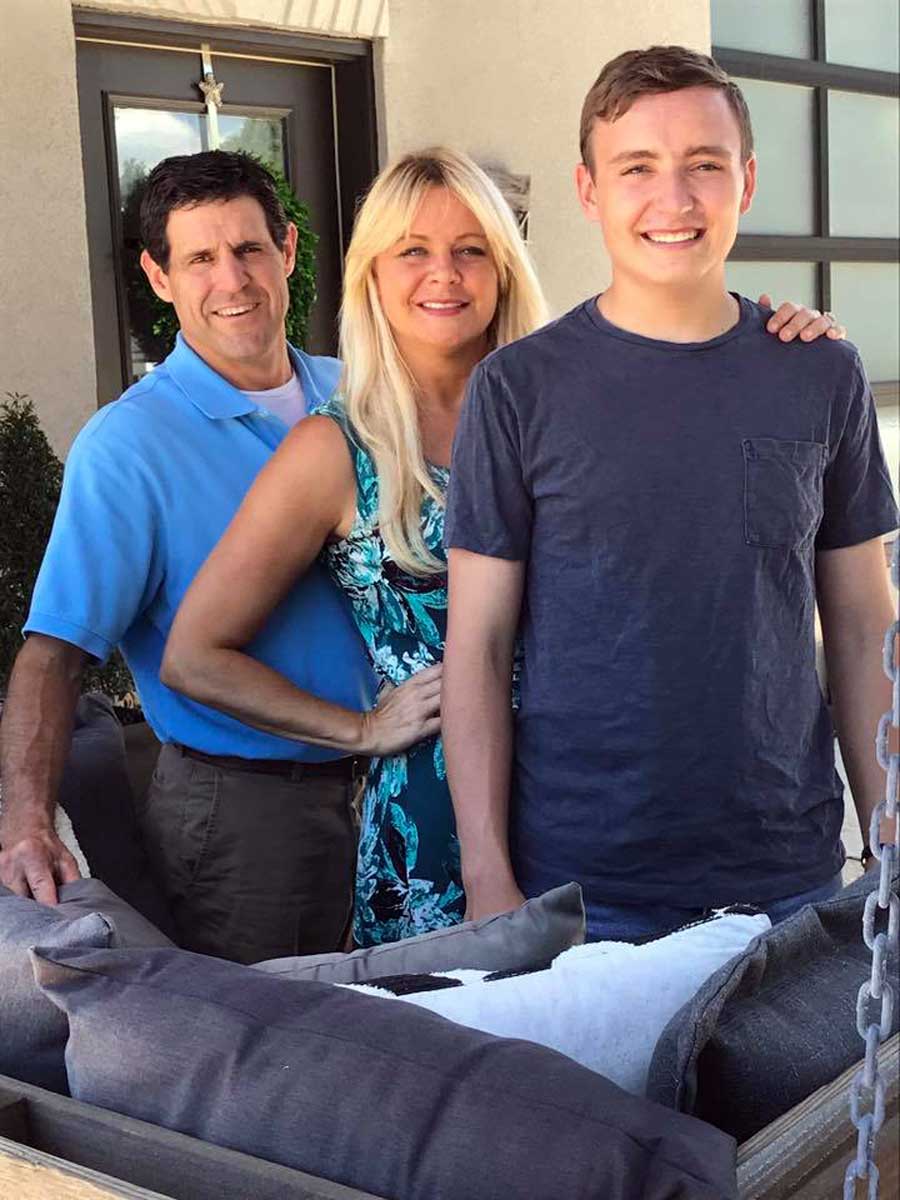
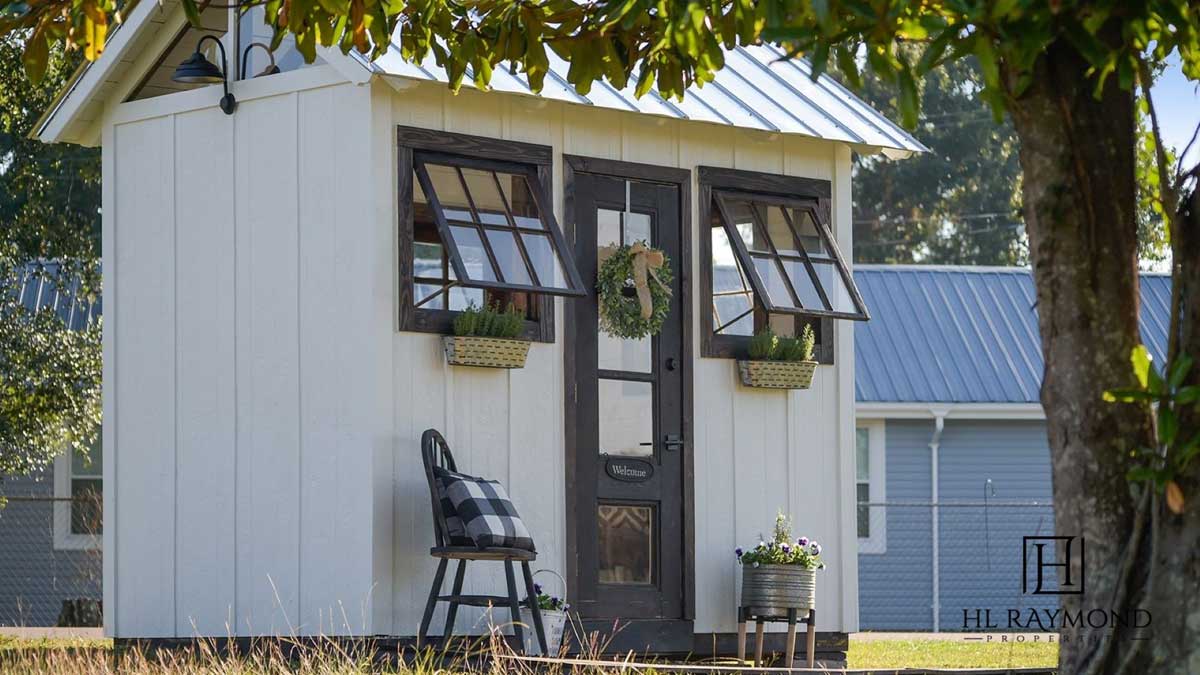




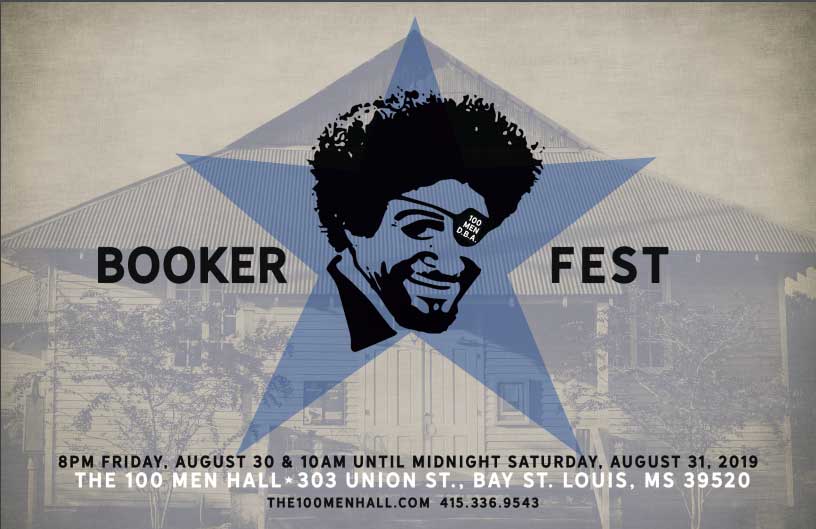

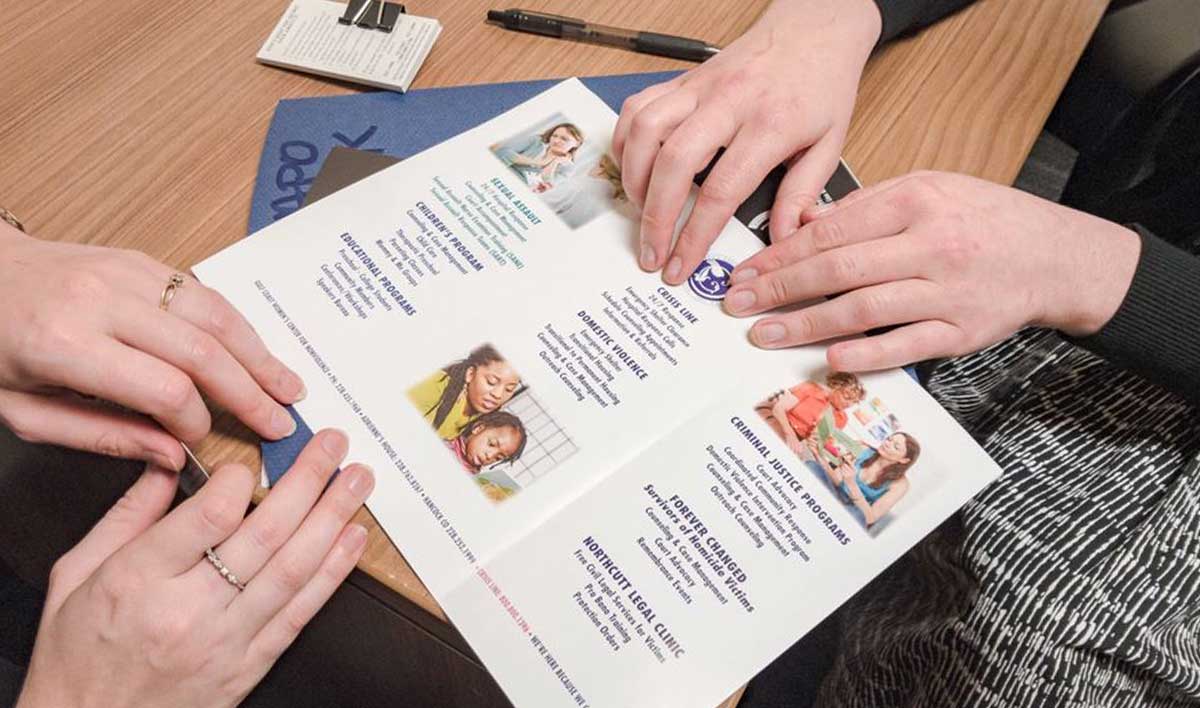


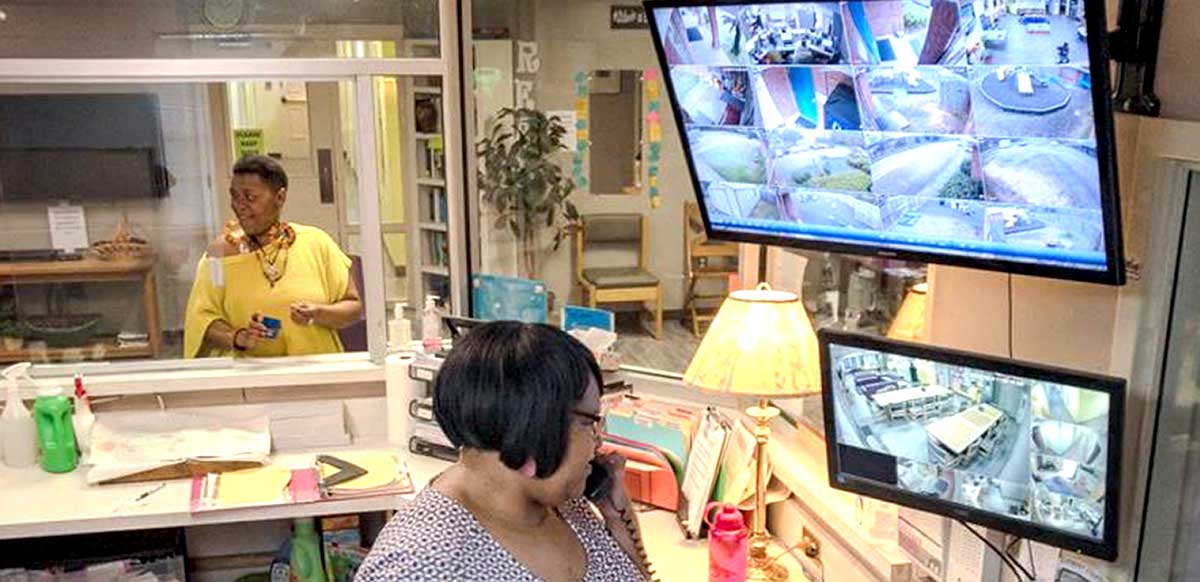

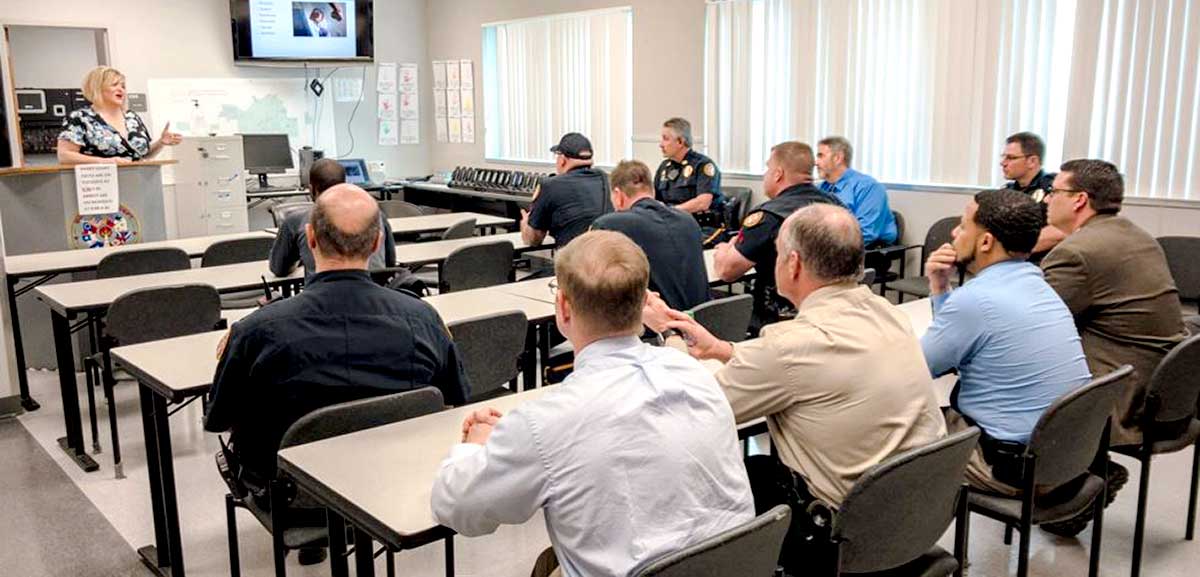
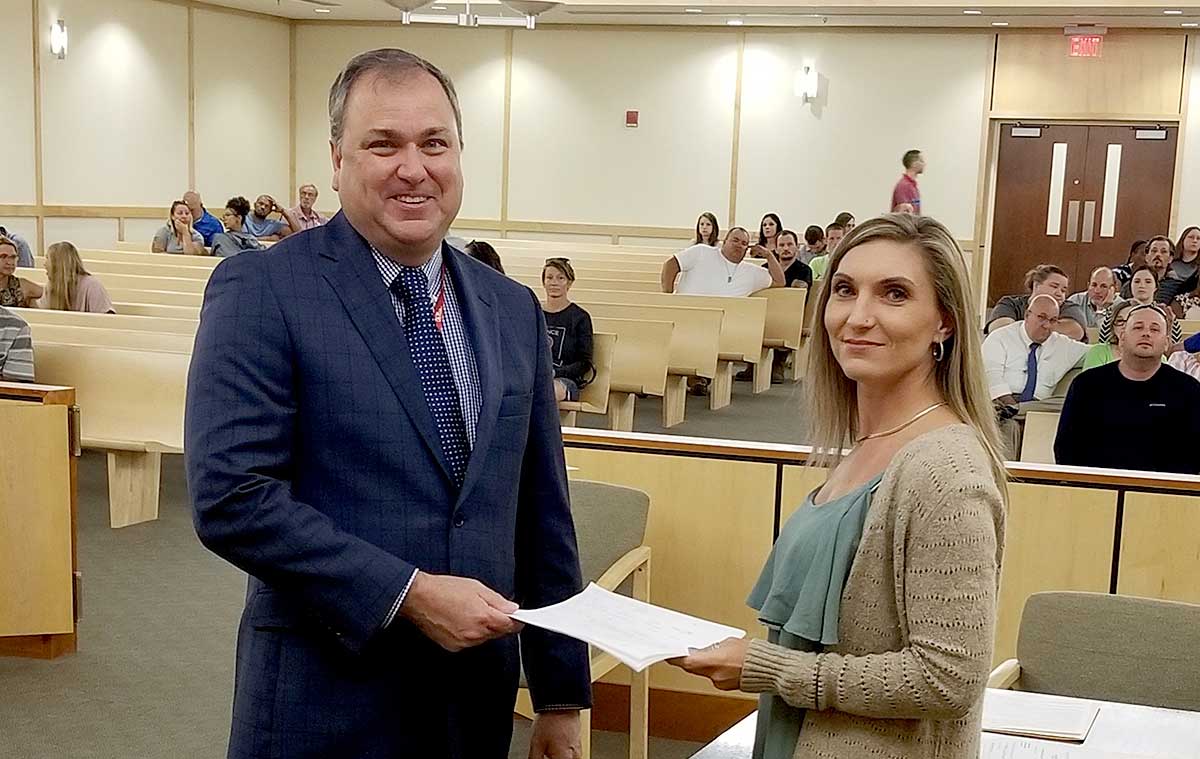




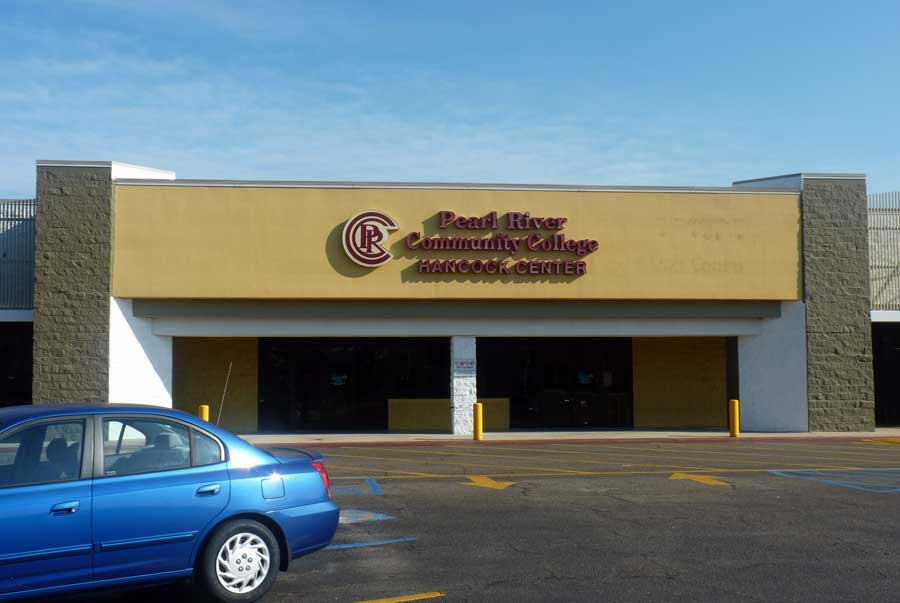





















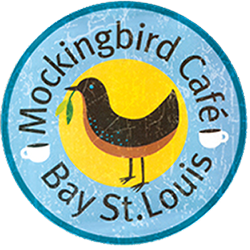




 RSS Feed
RSS Feed













